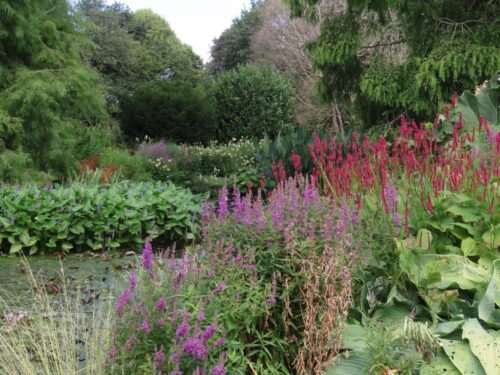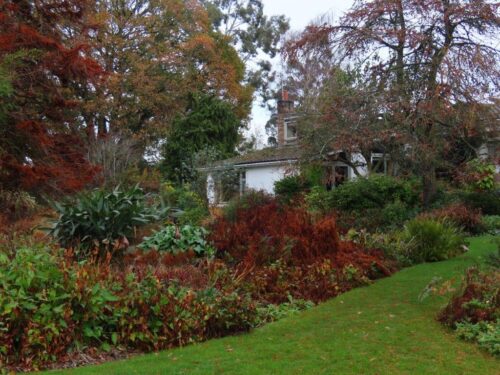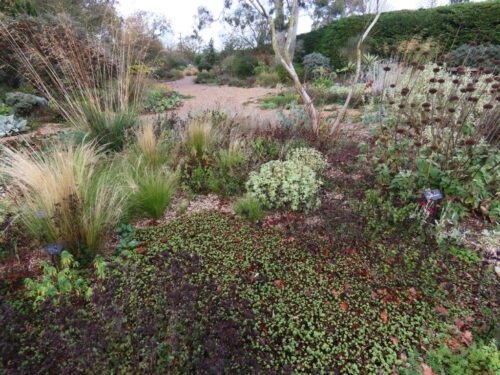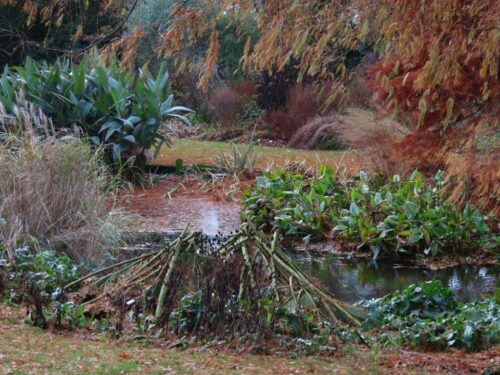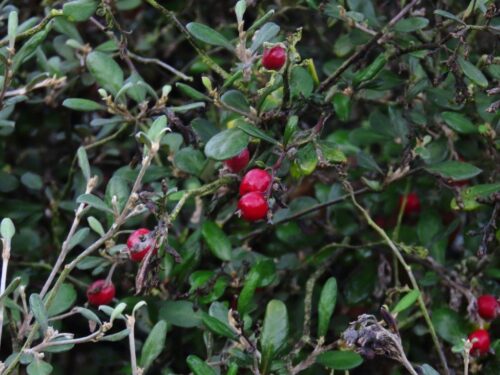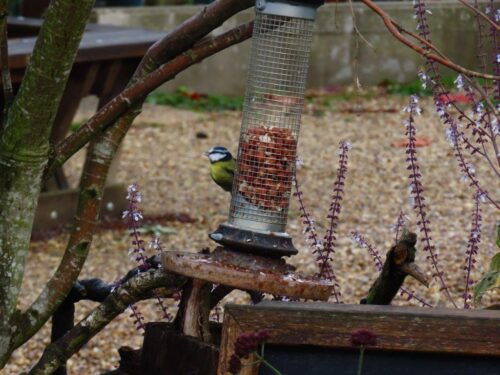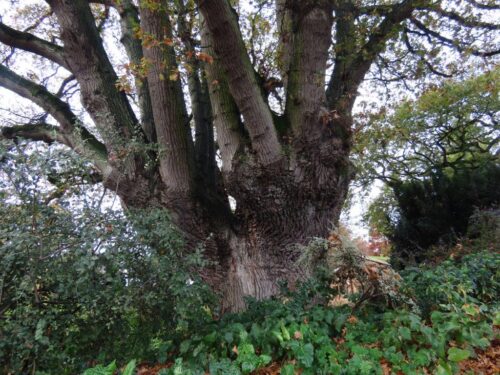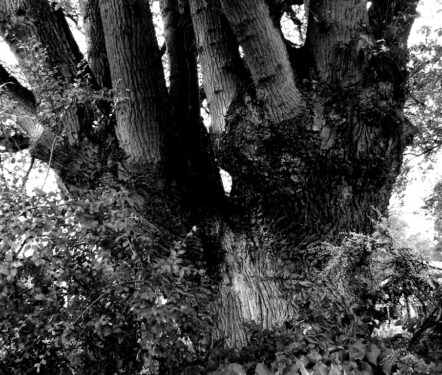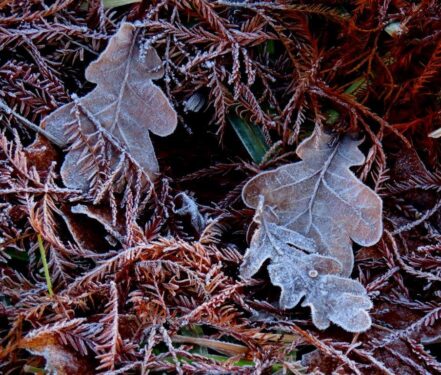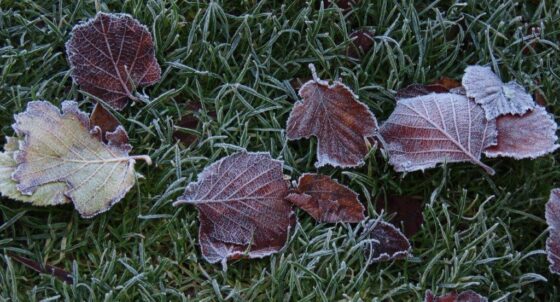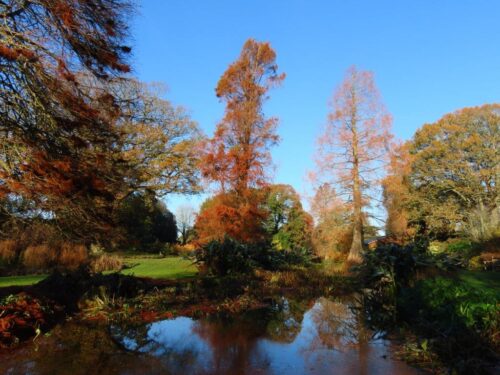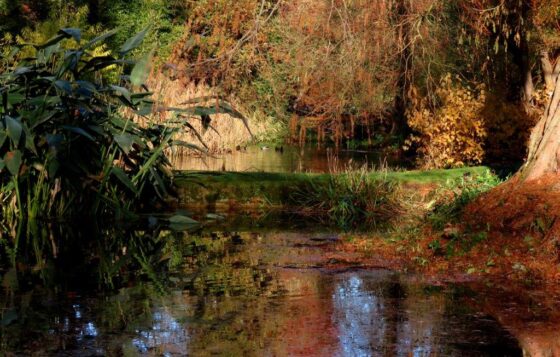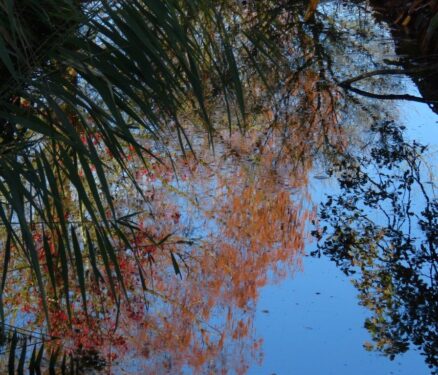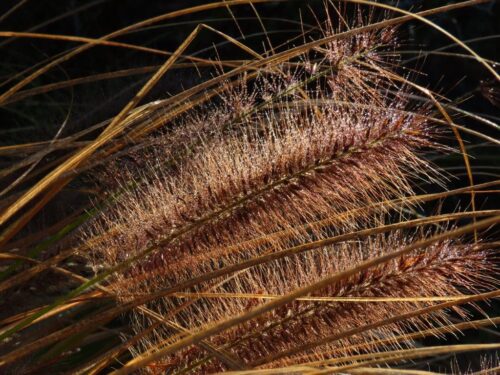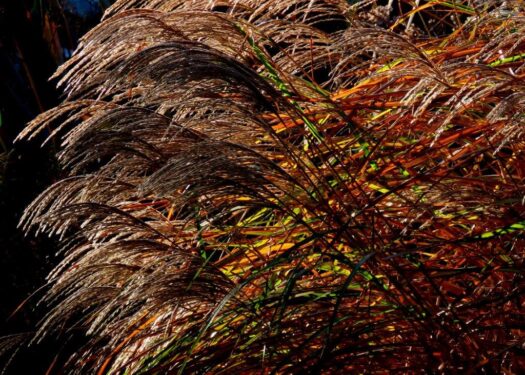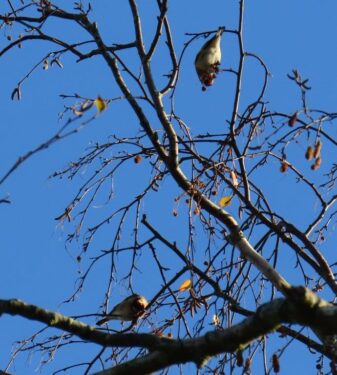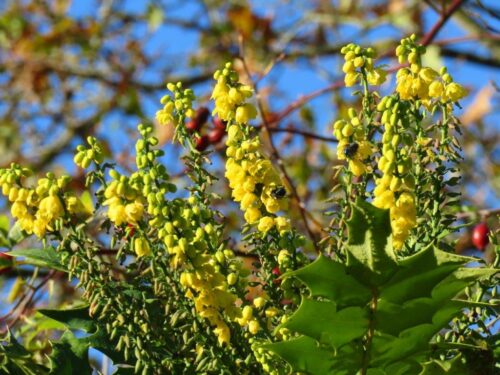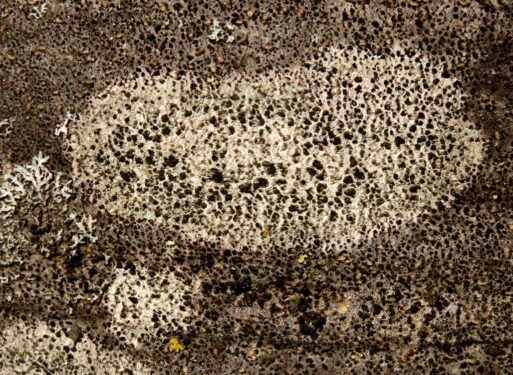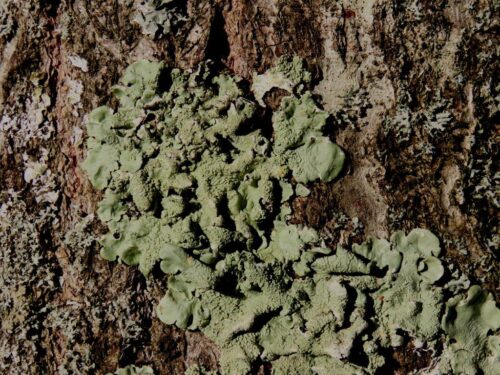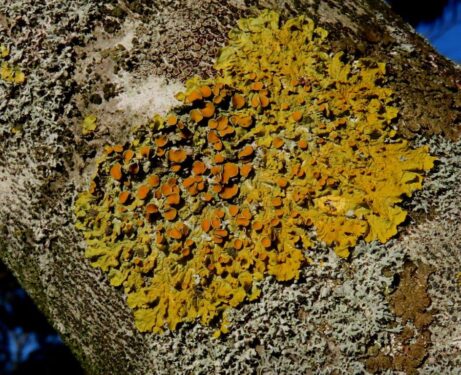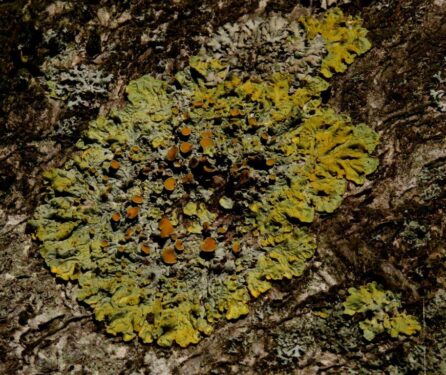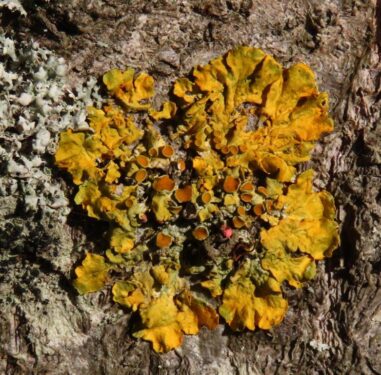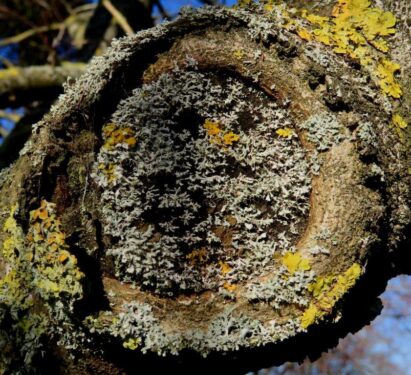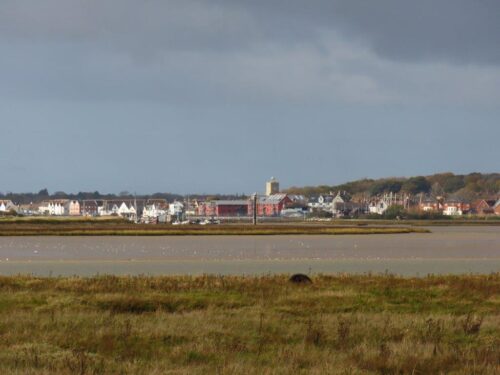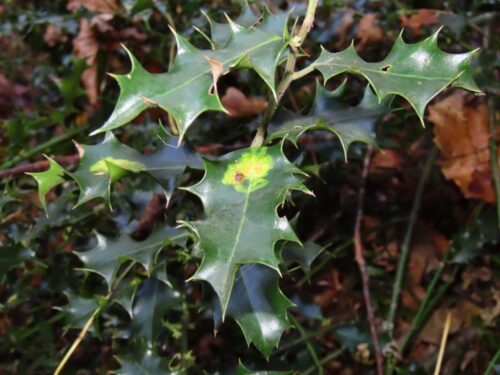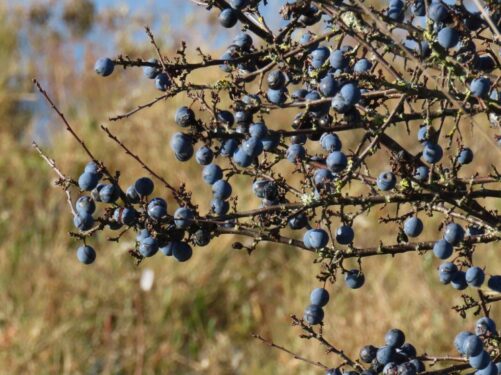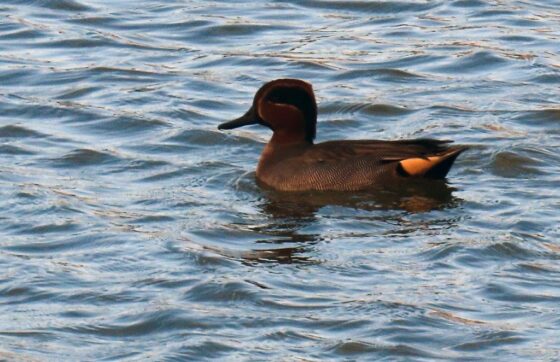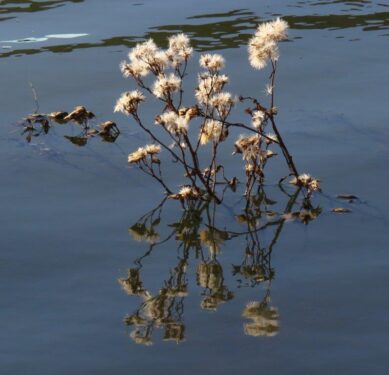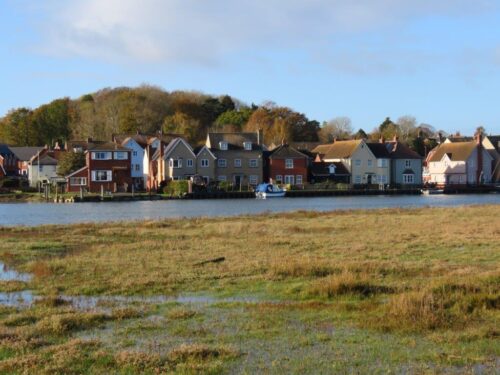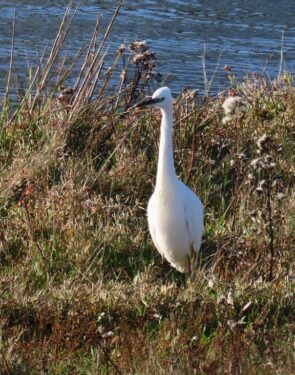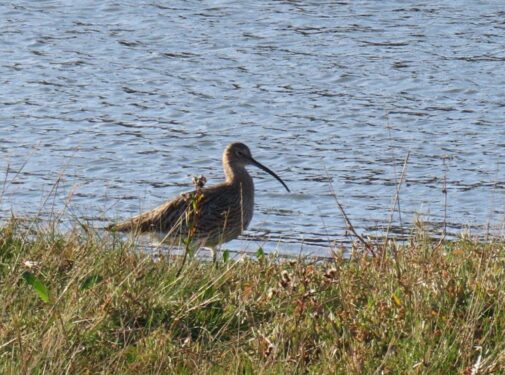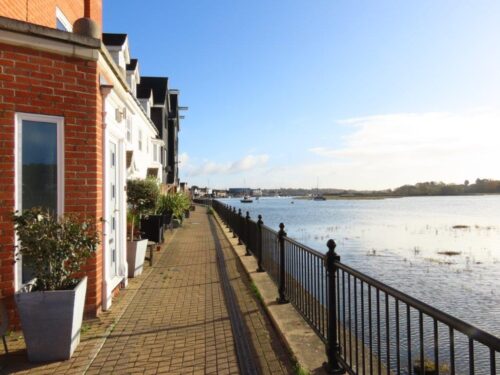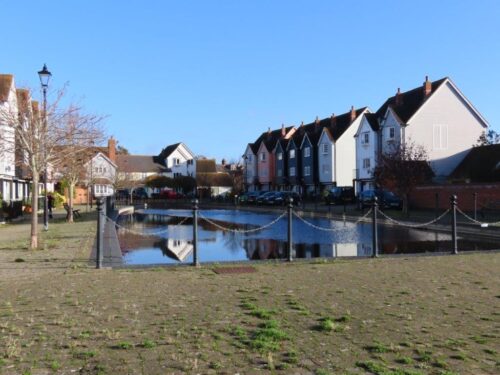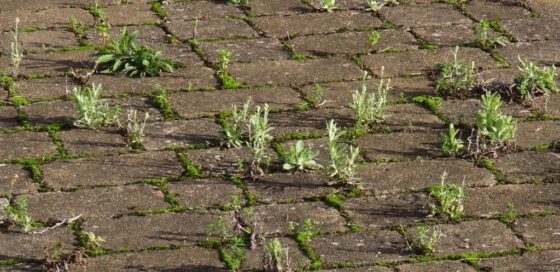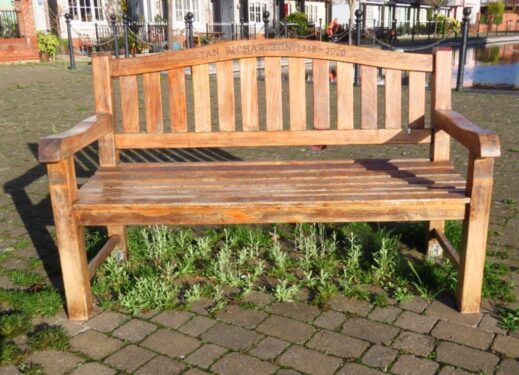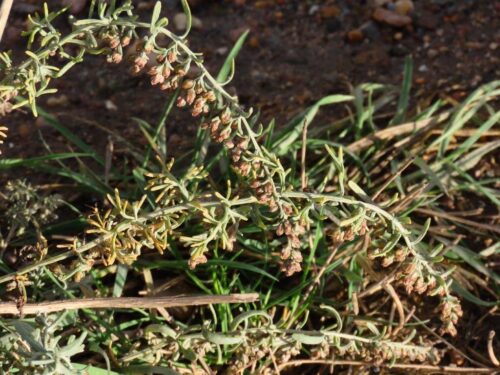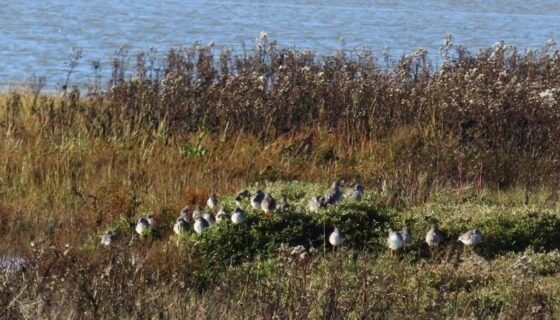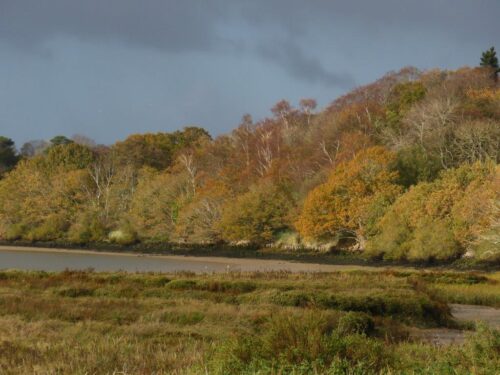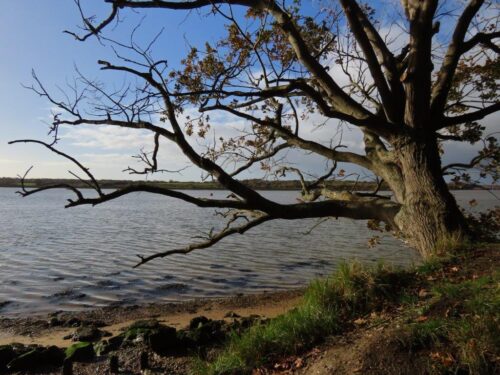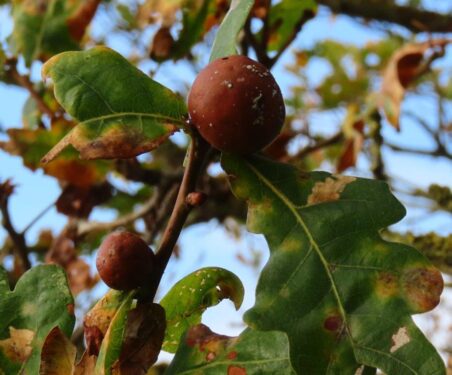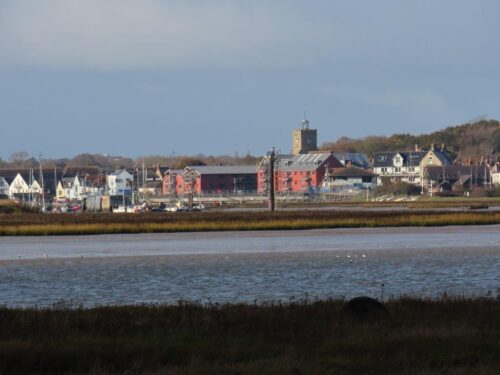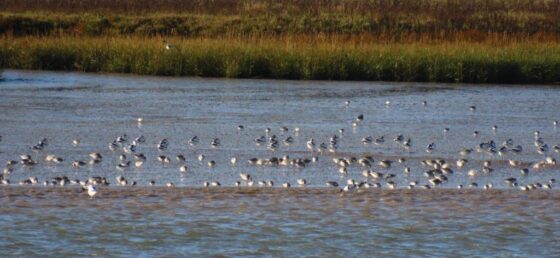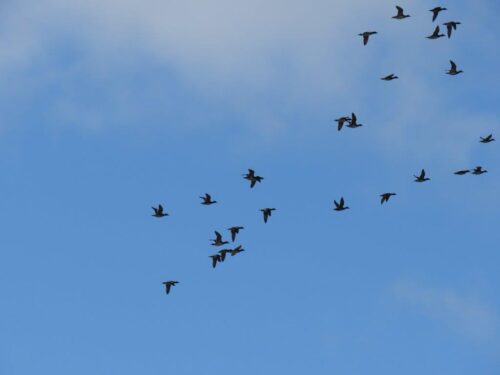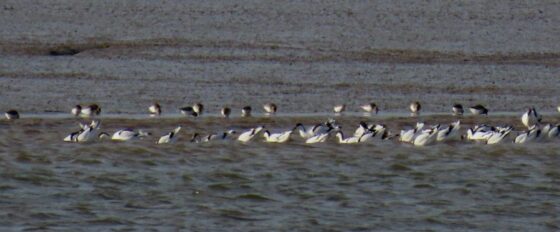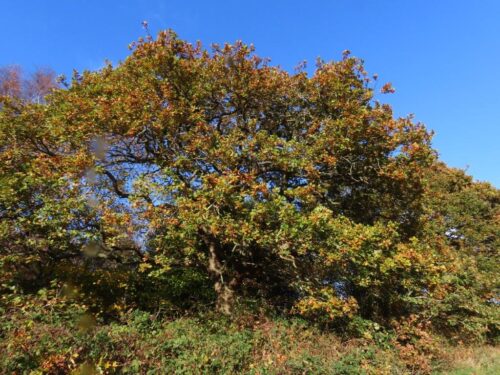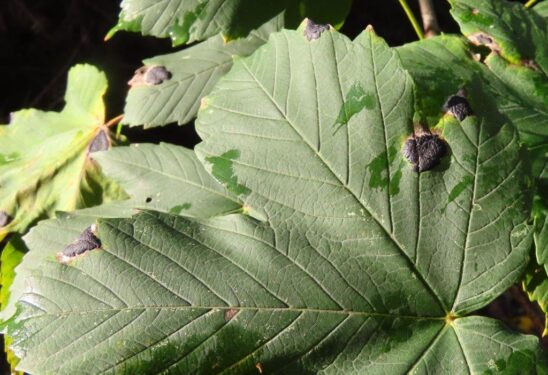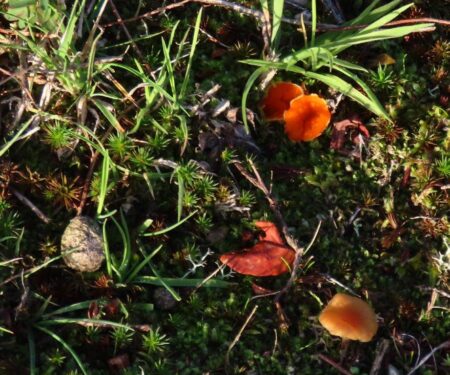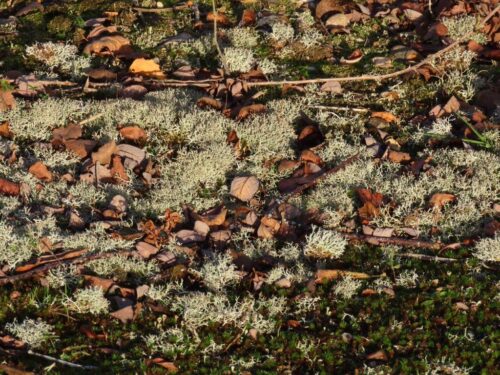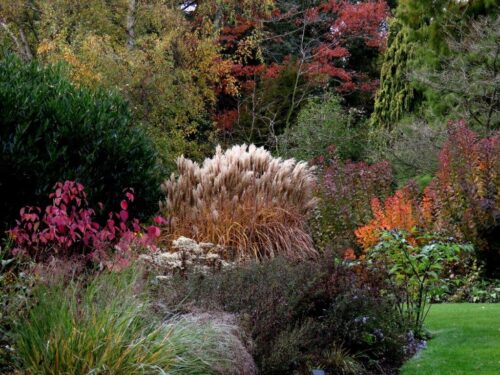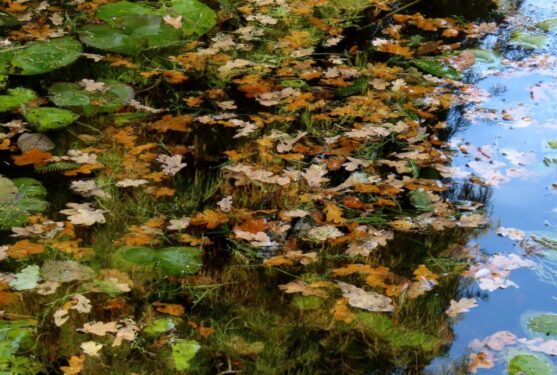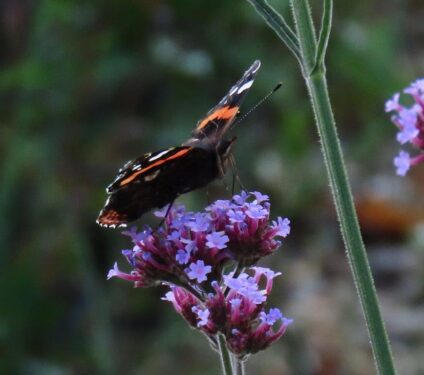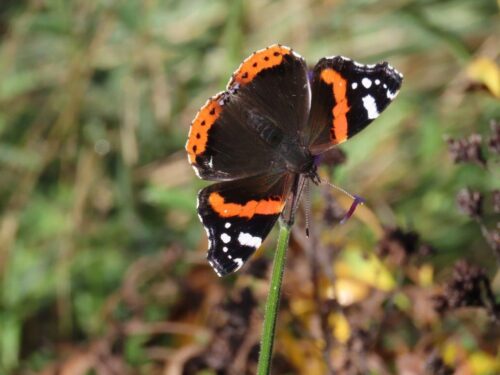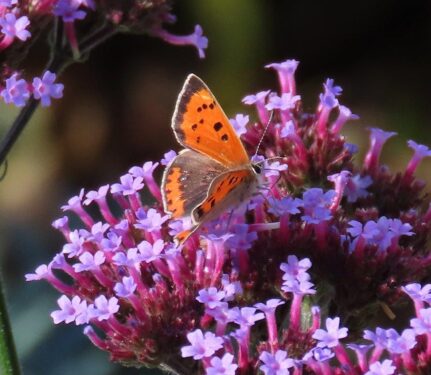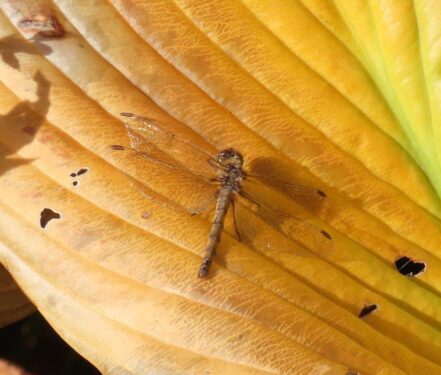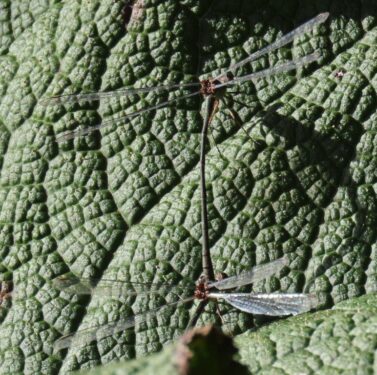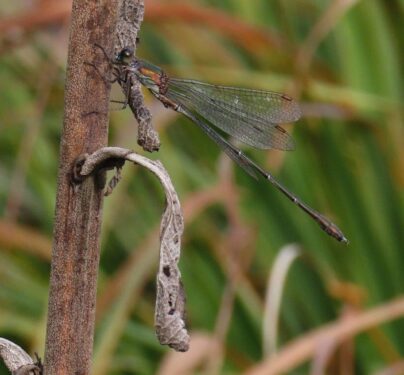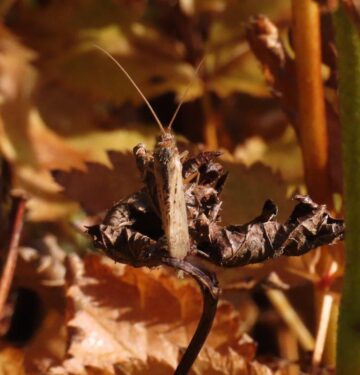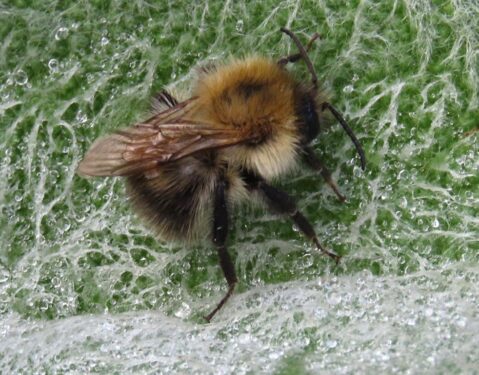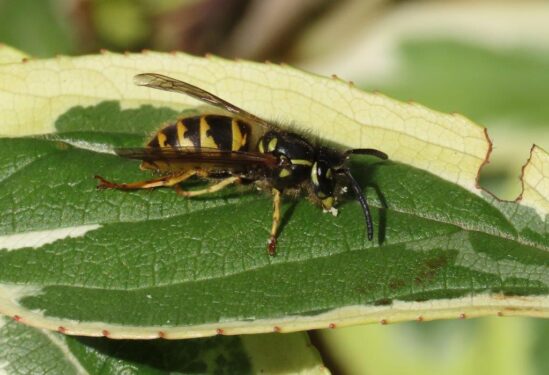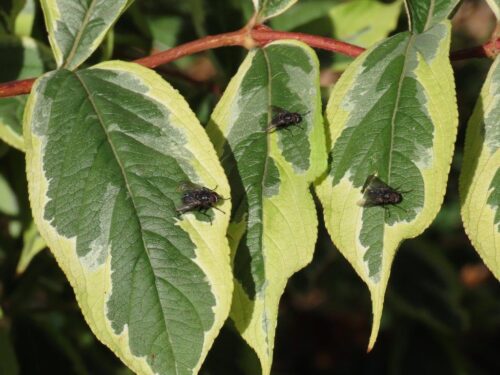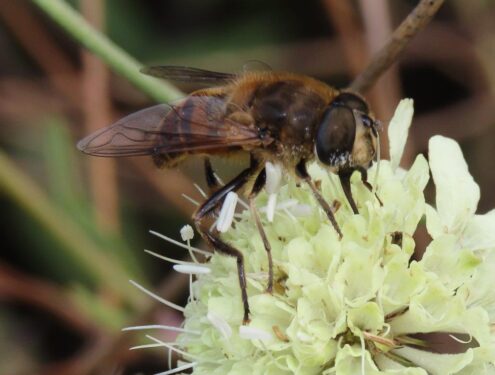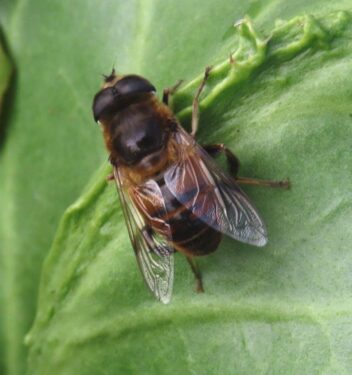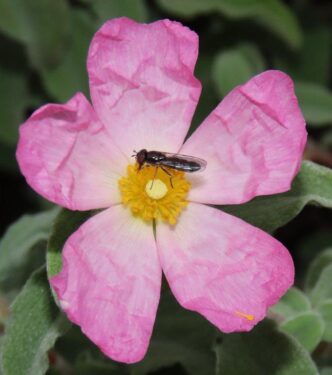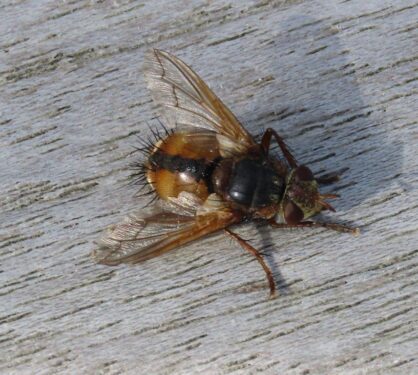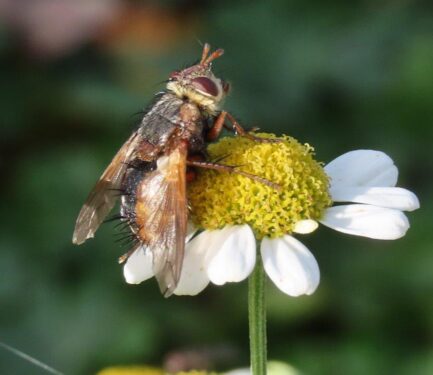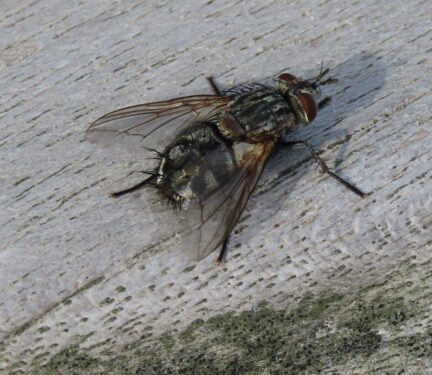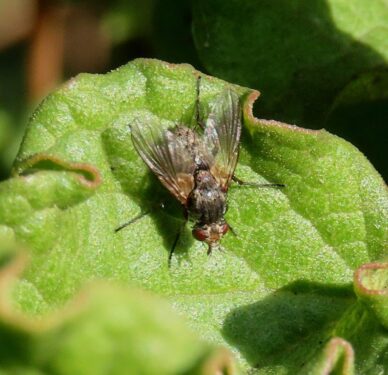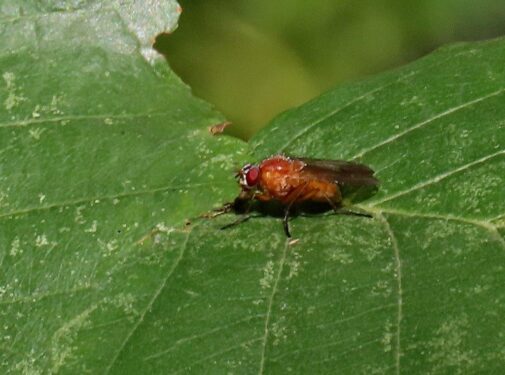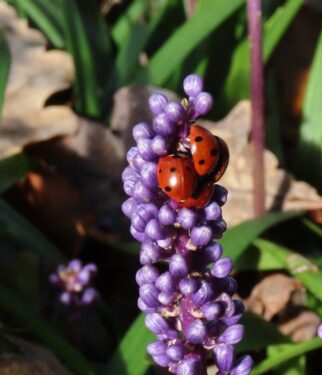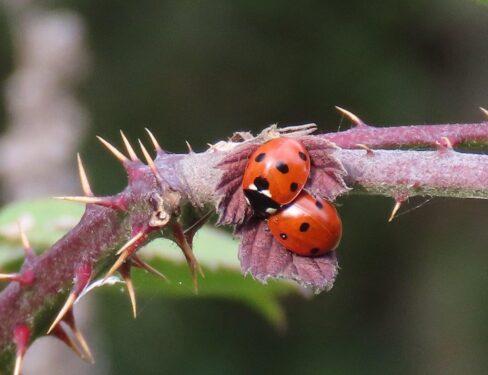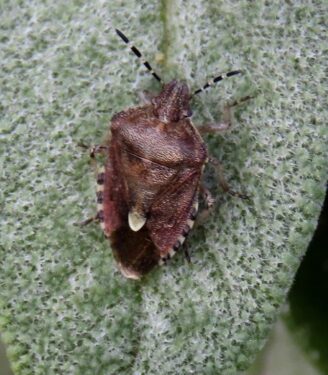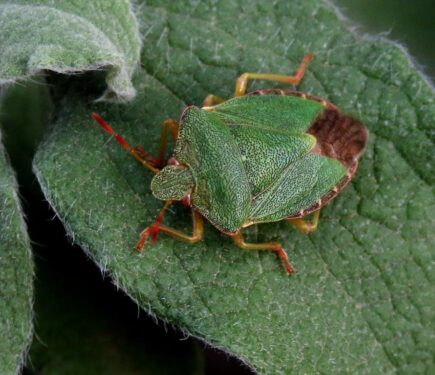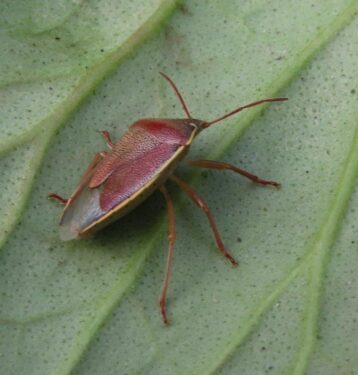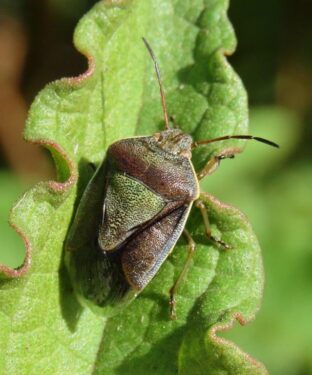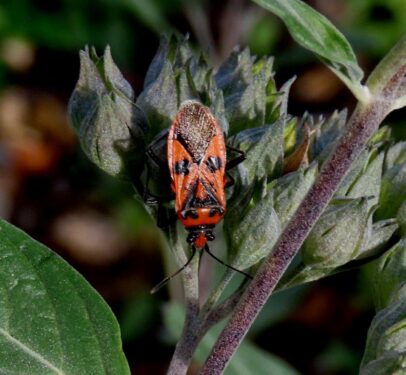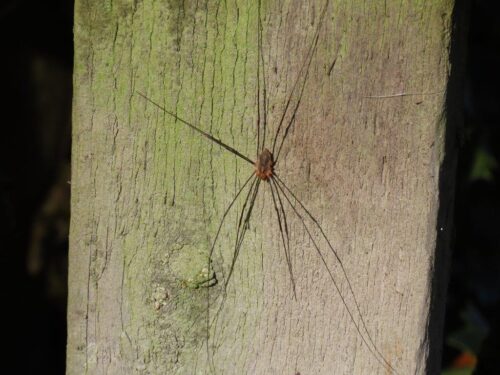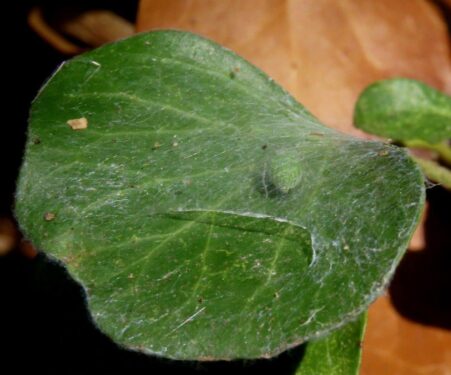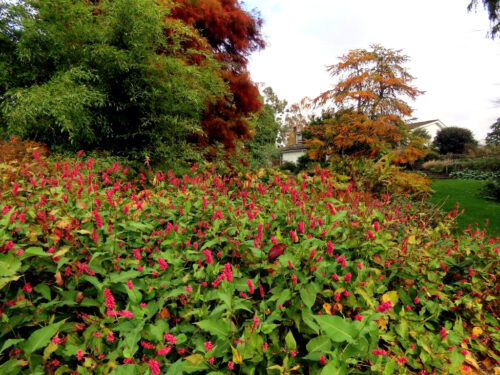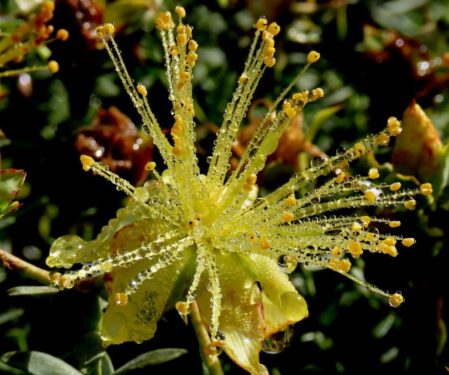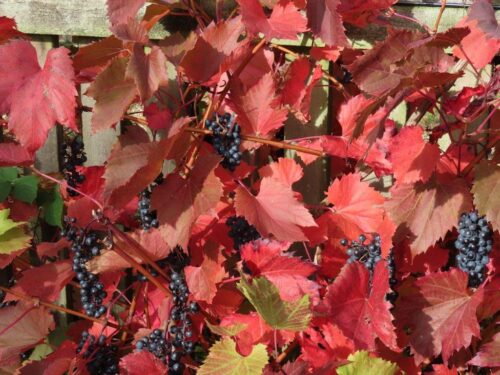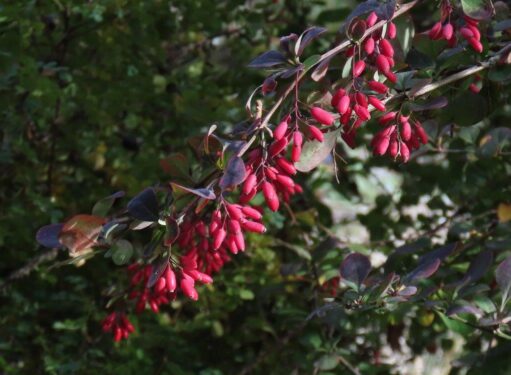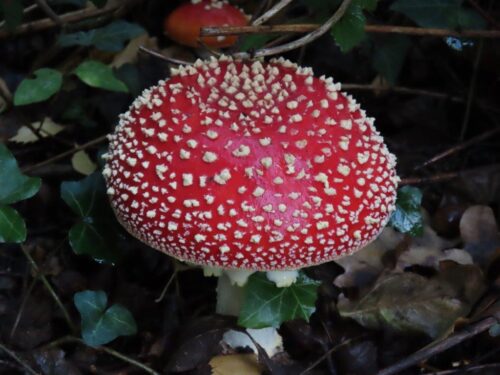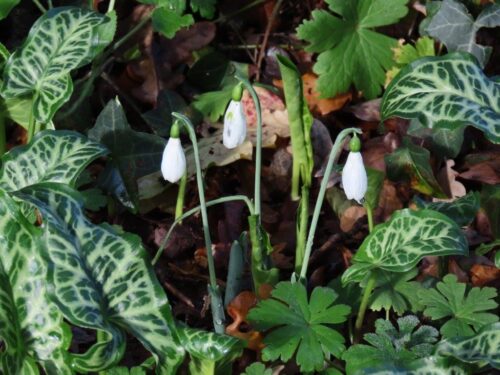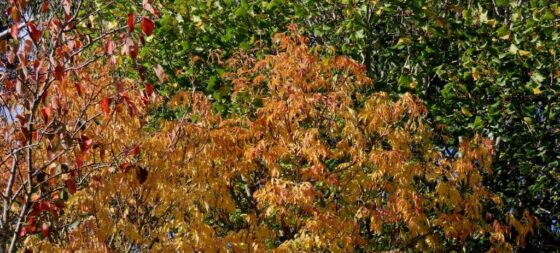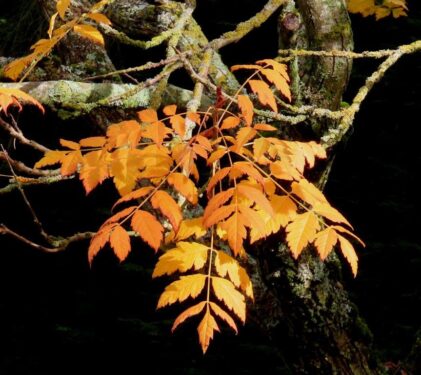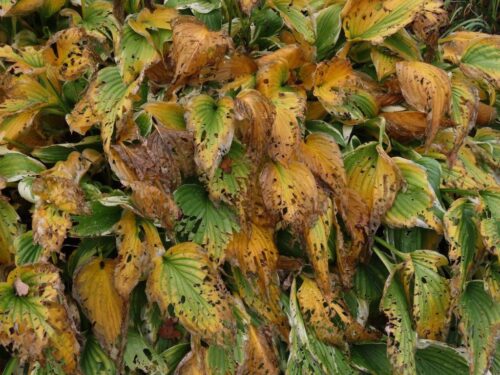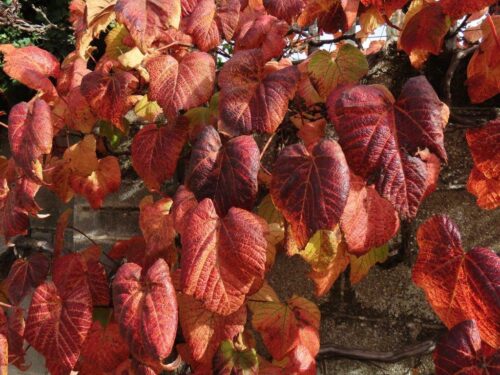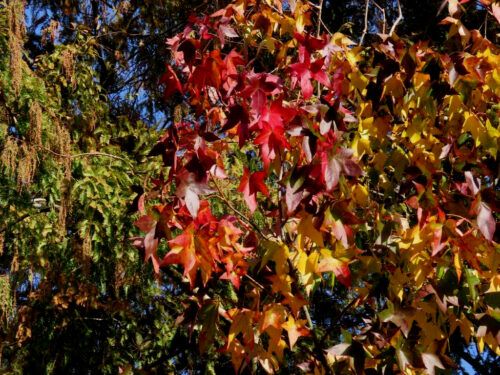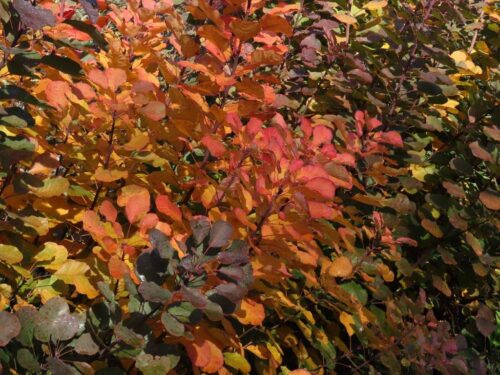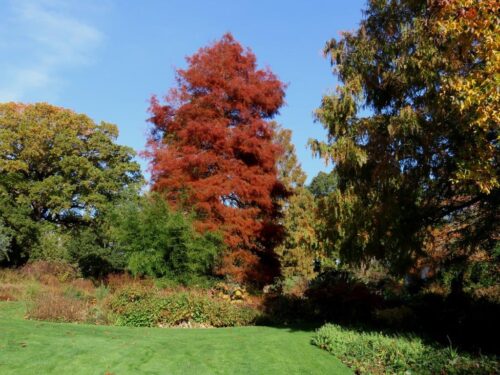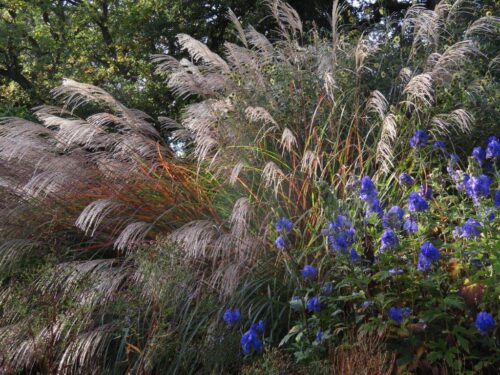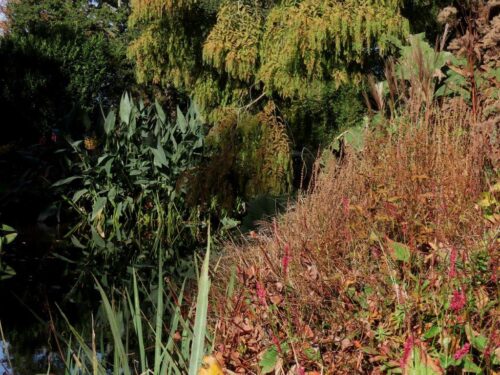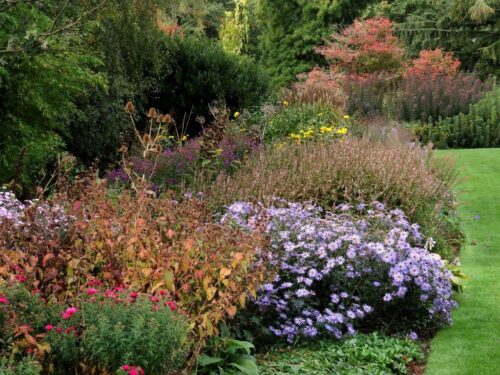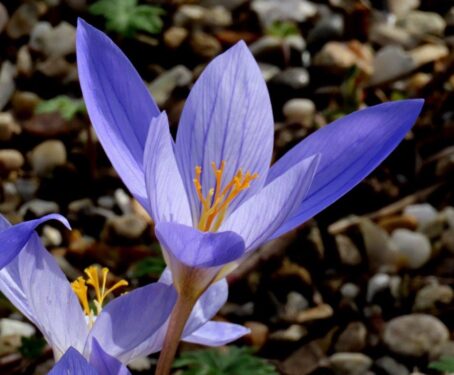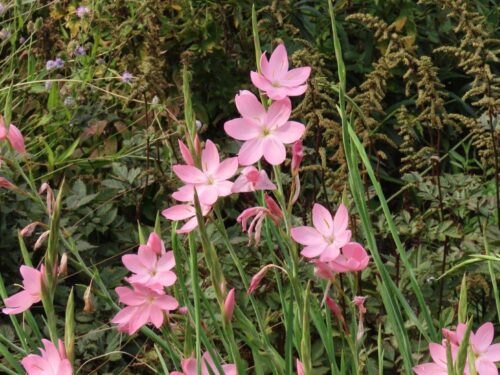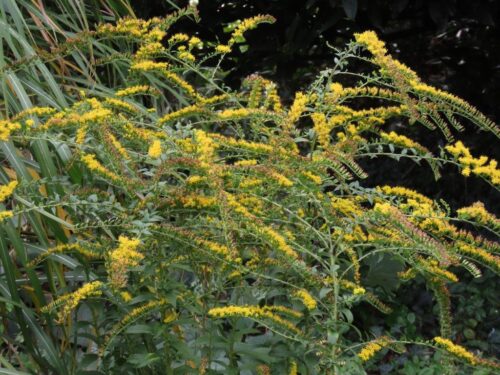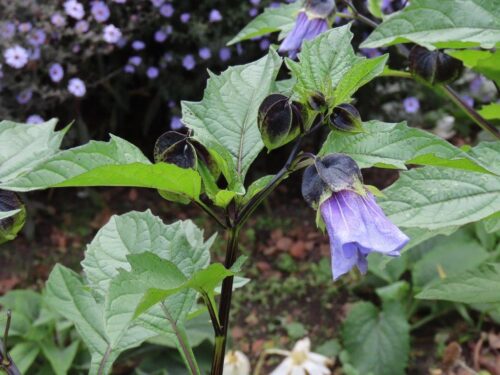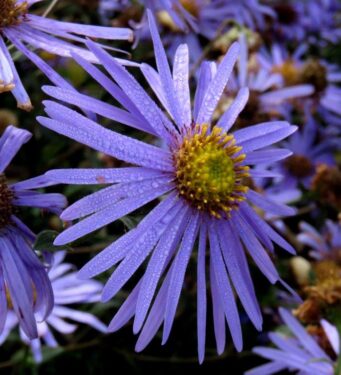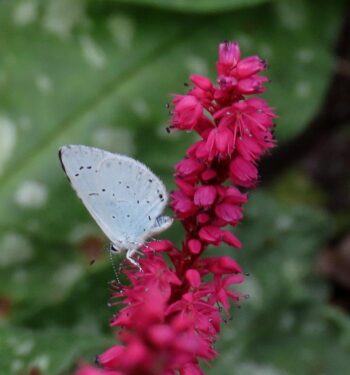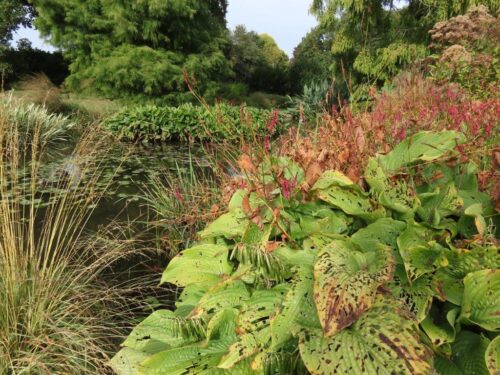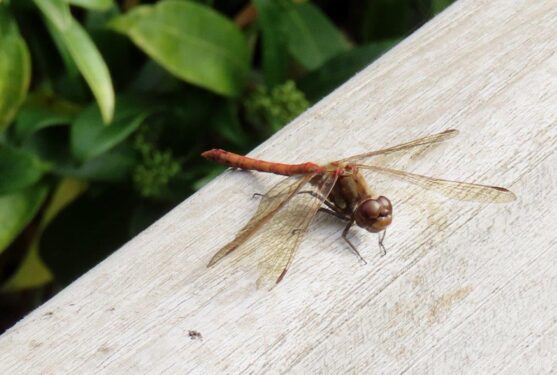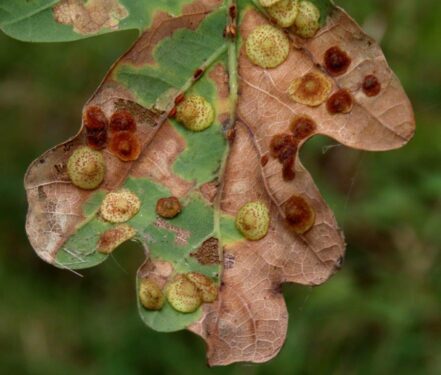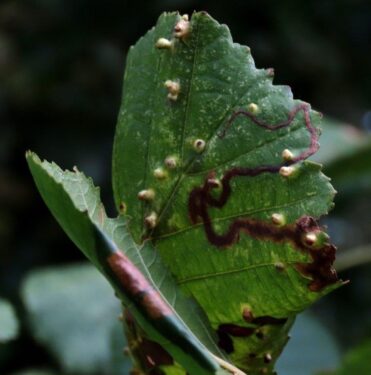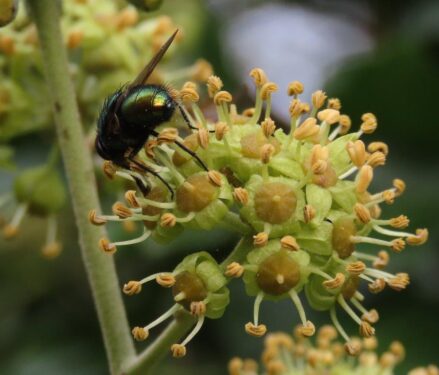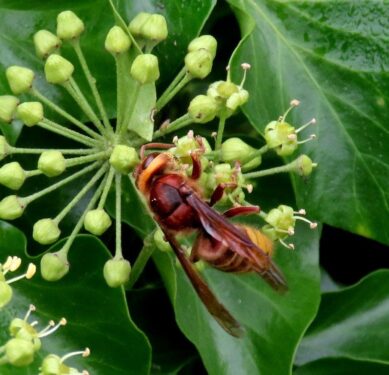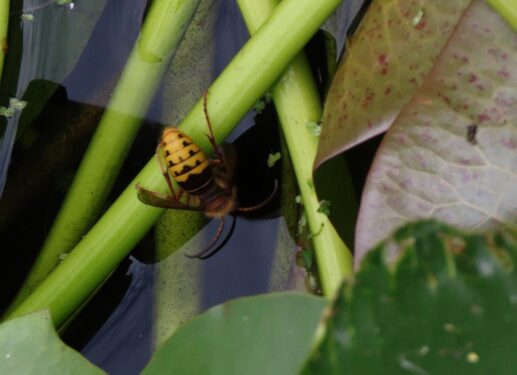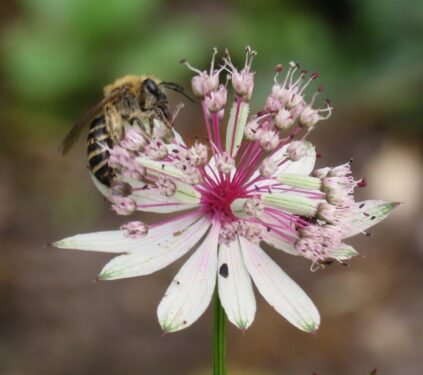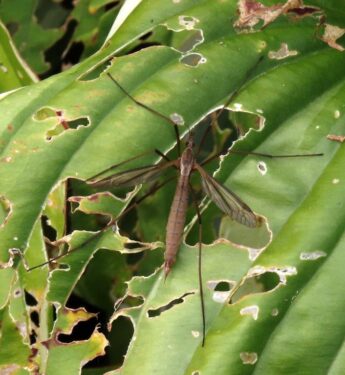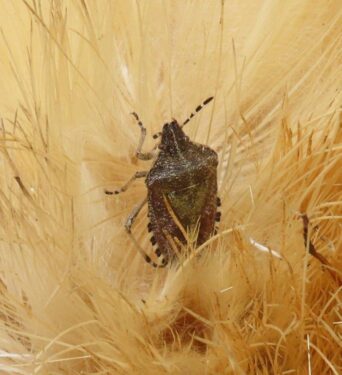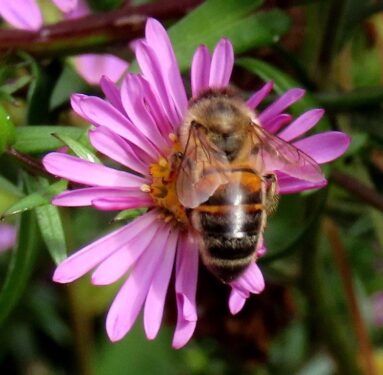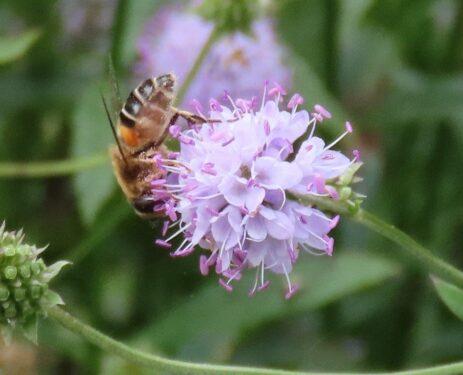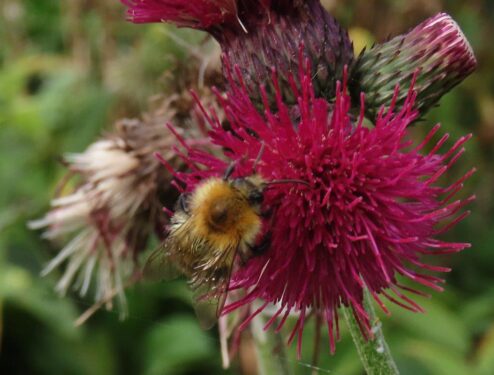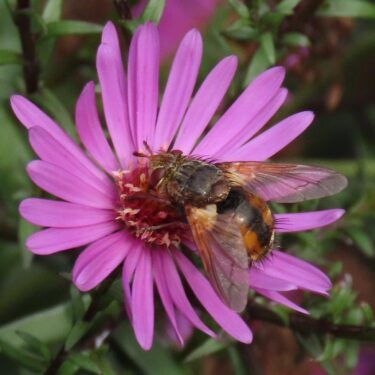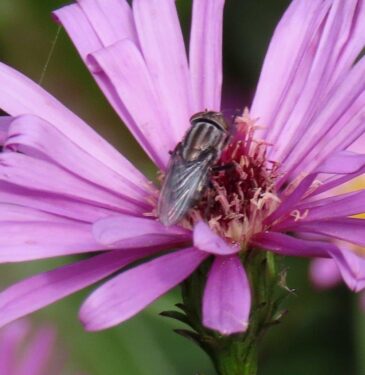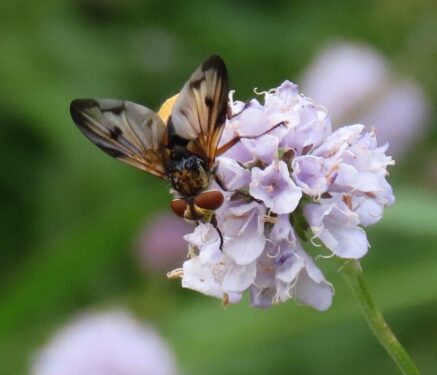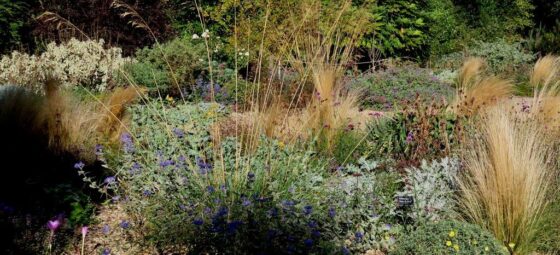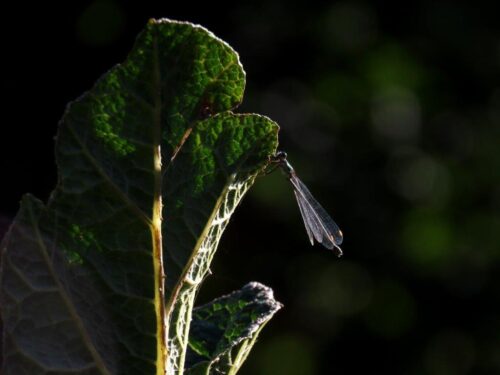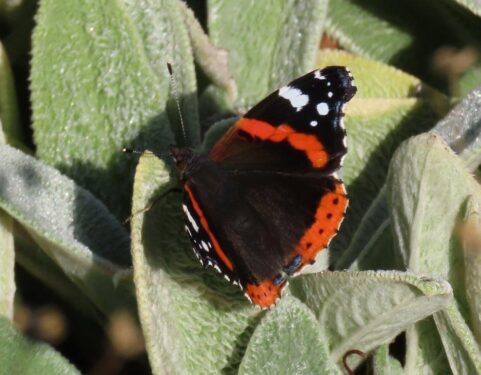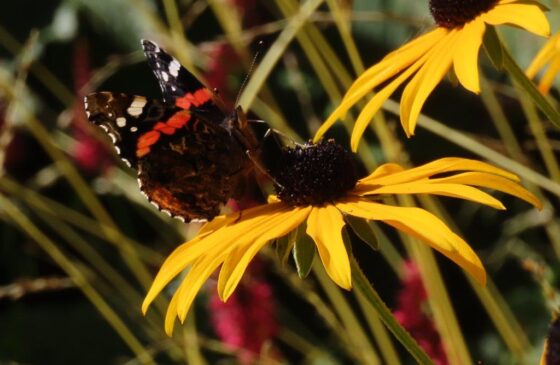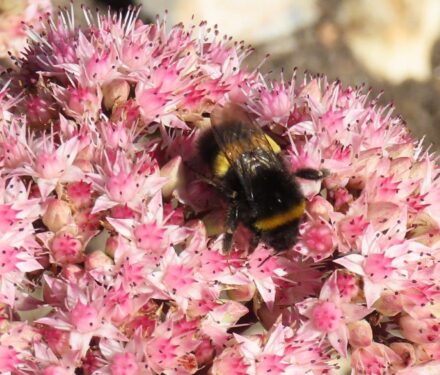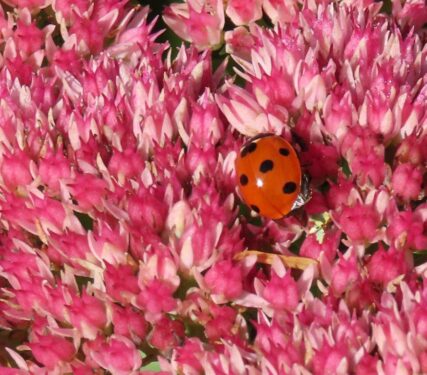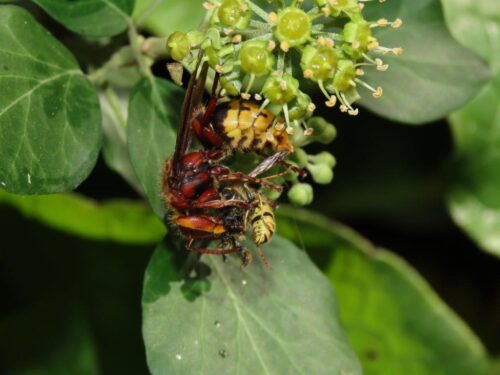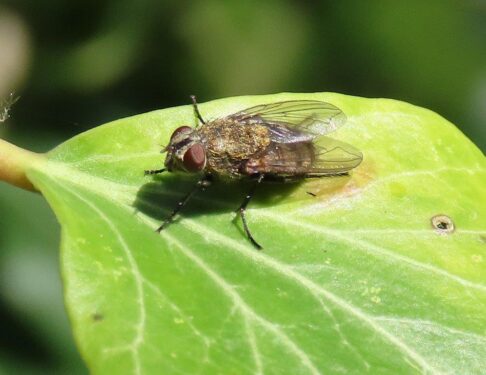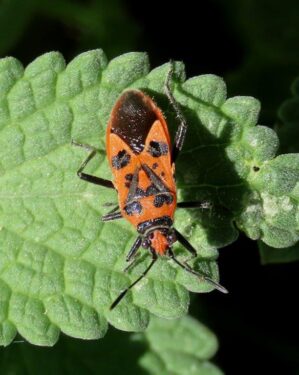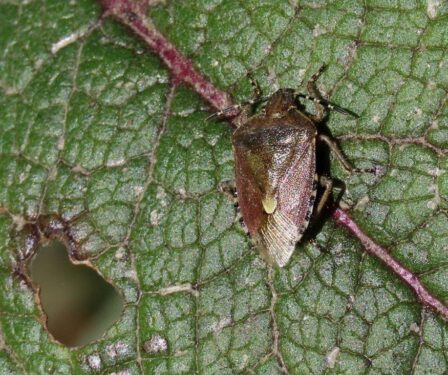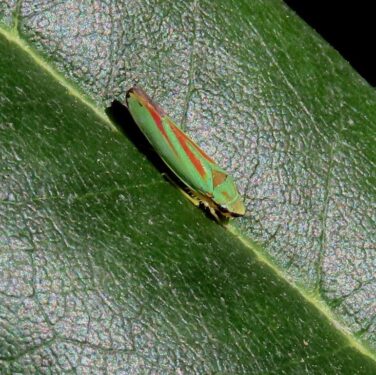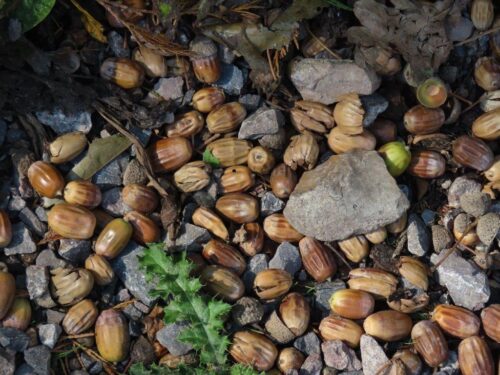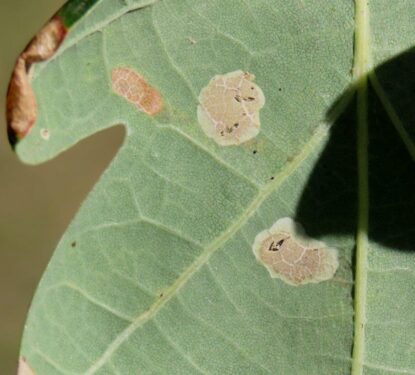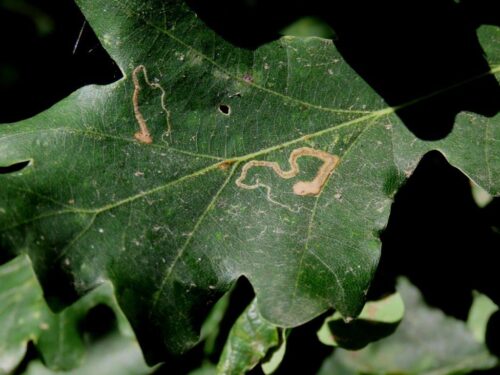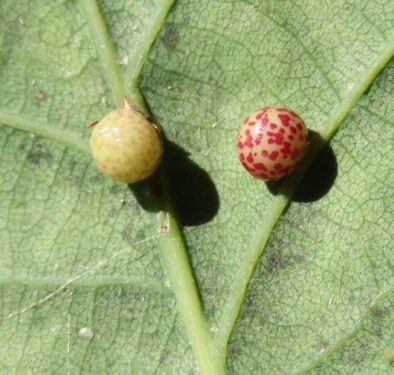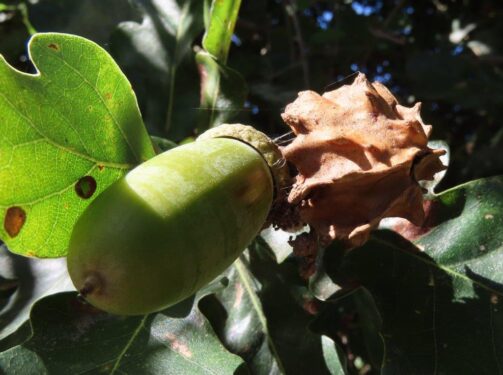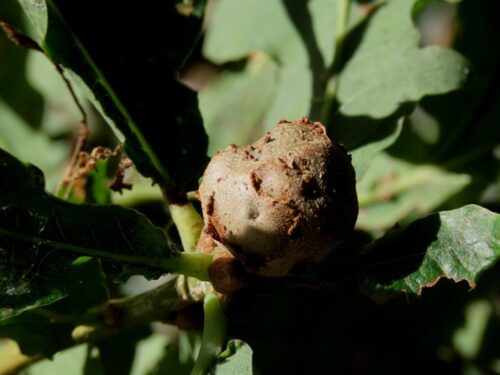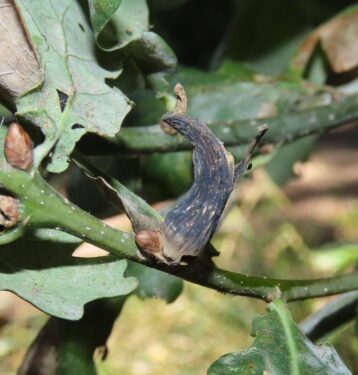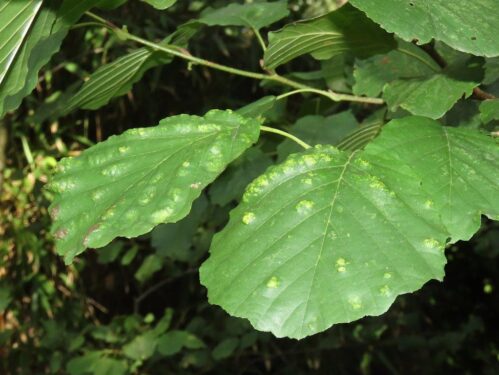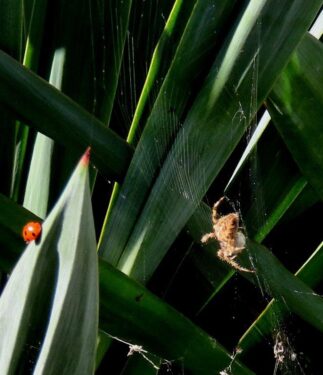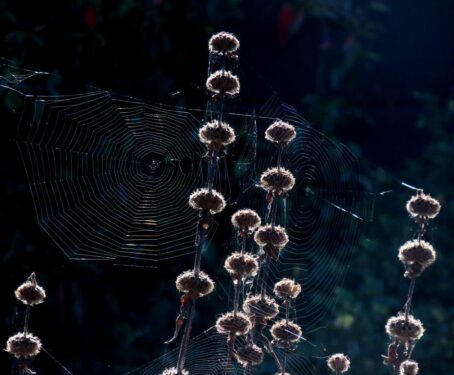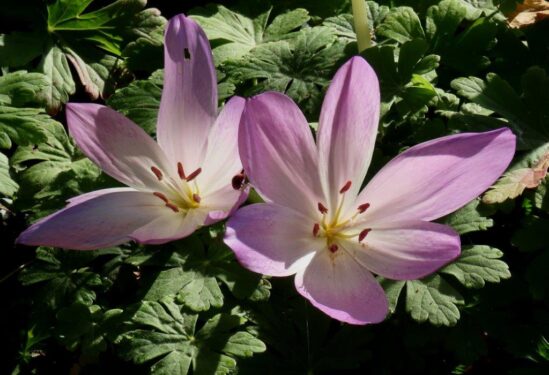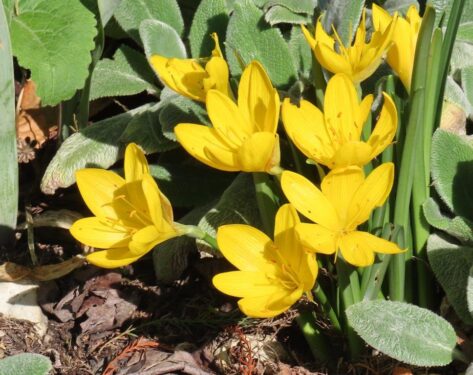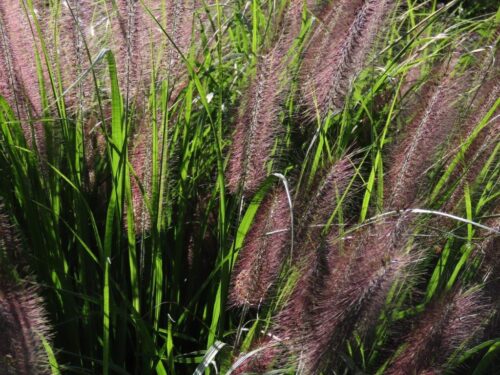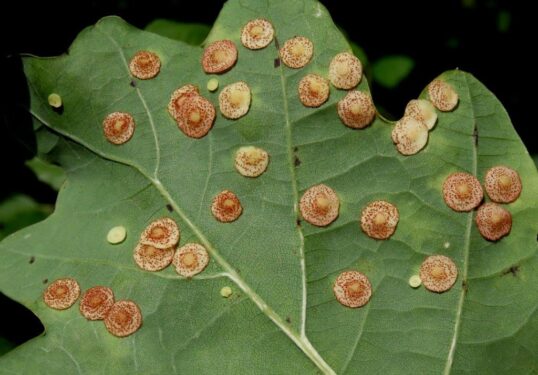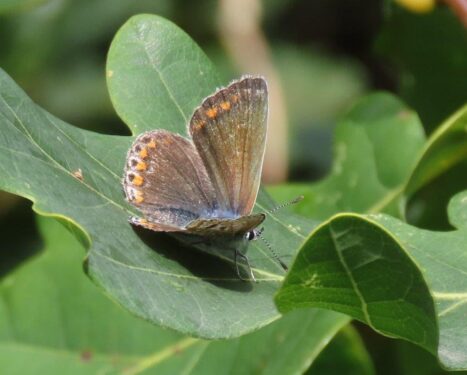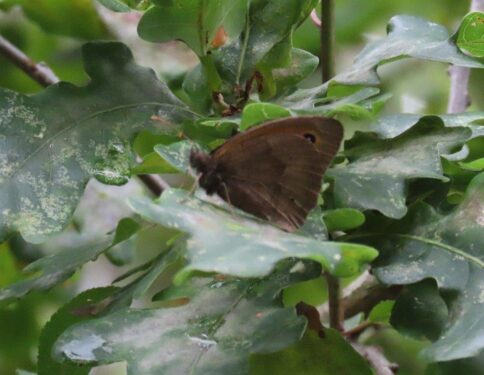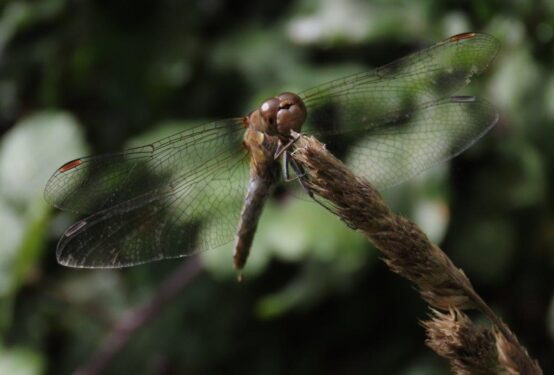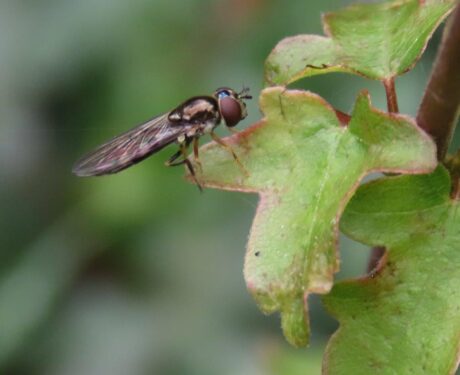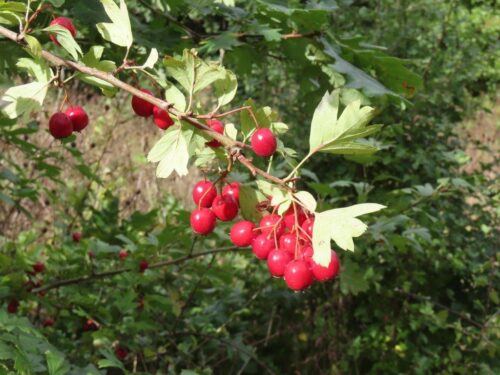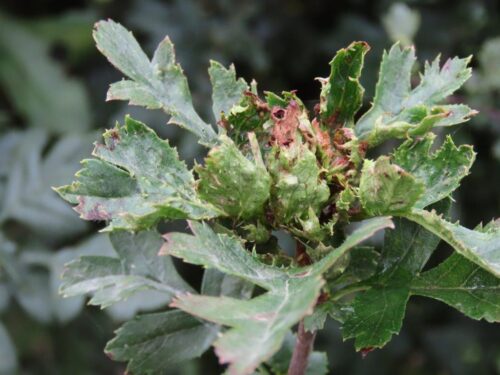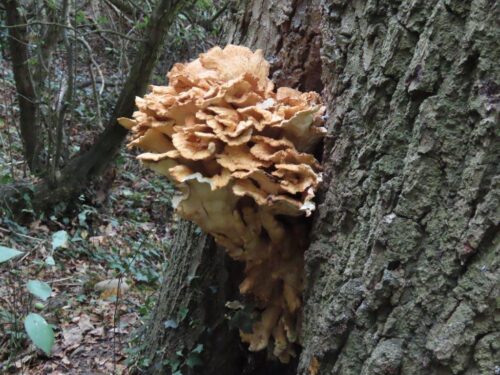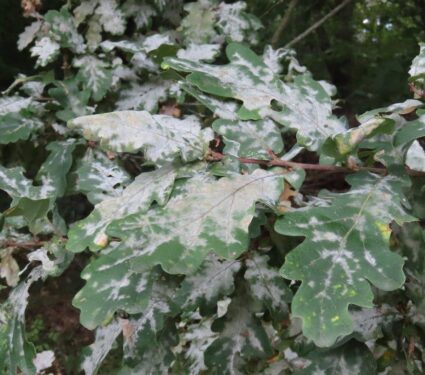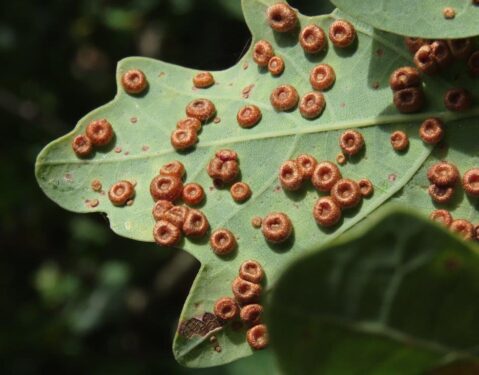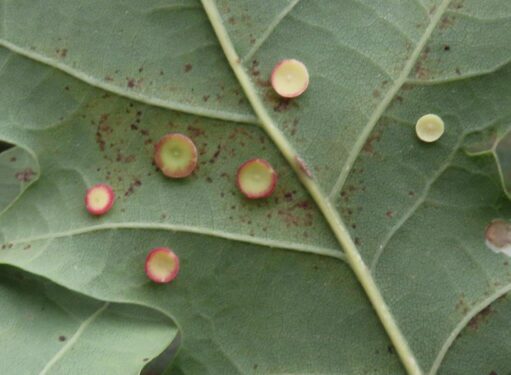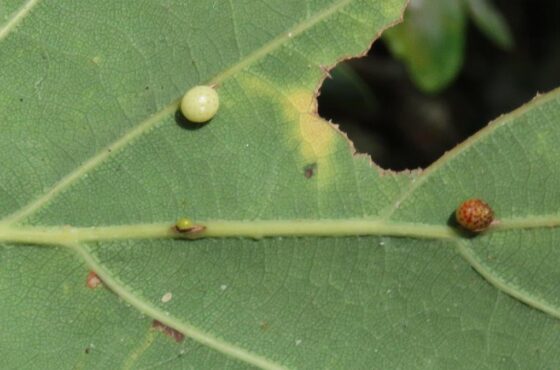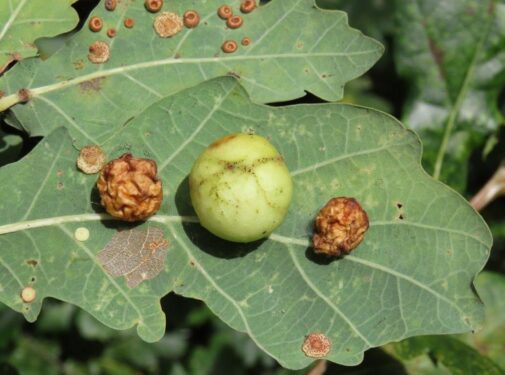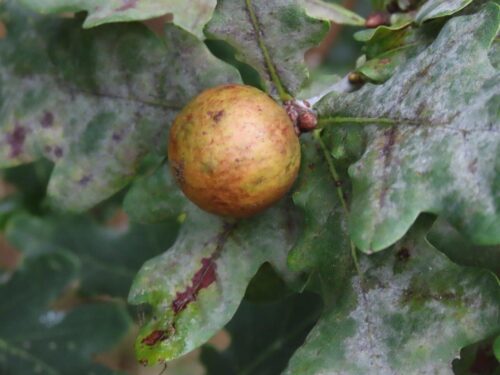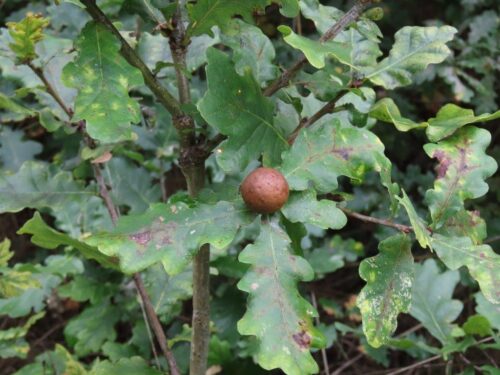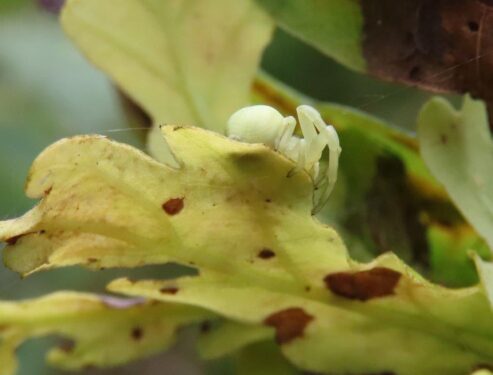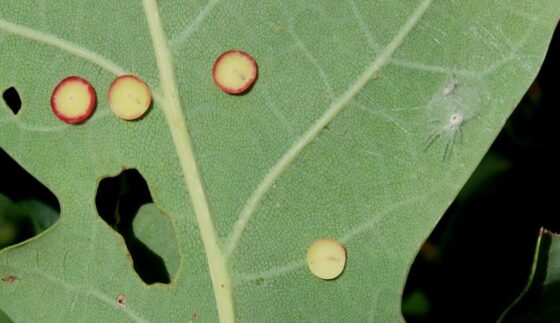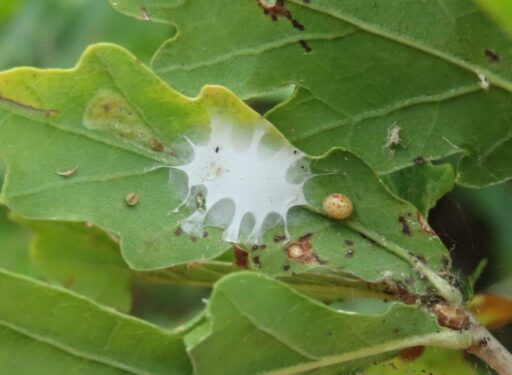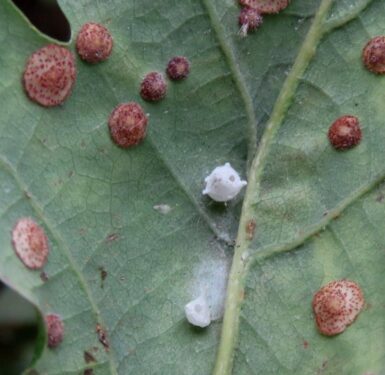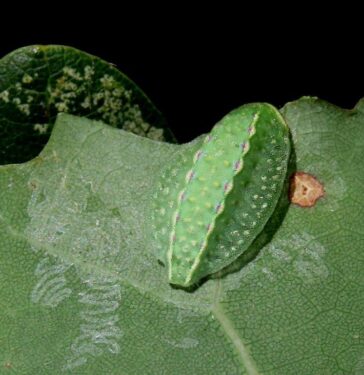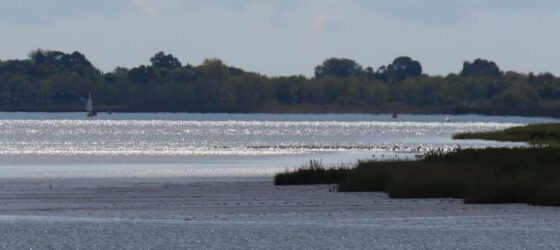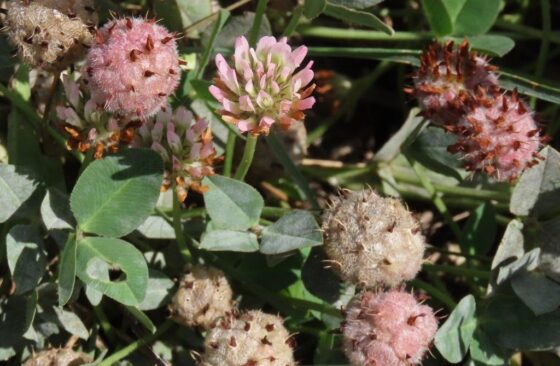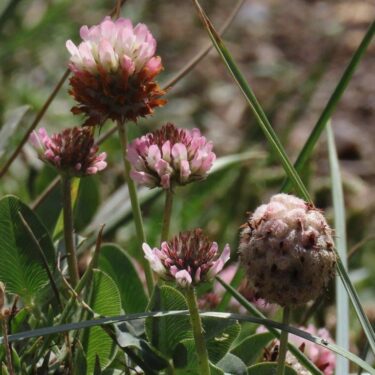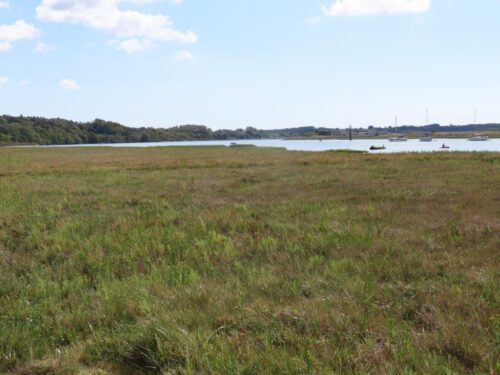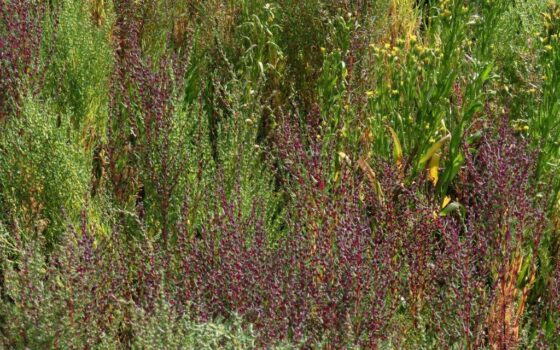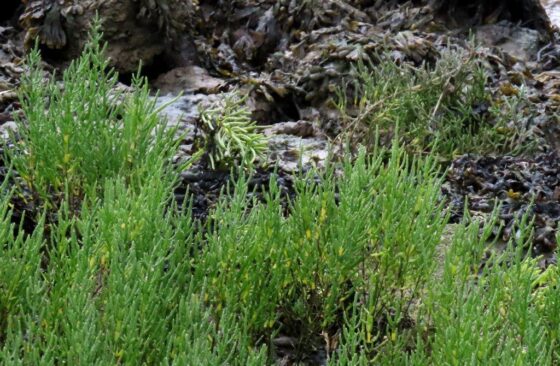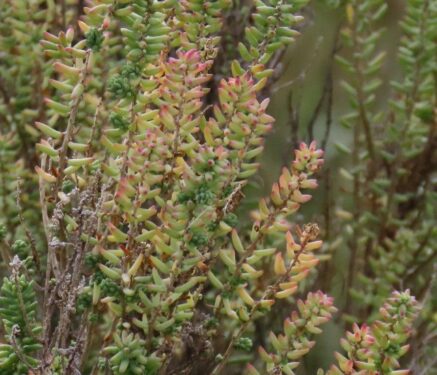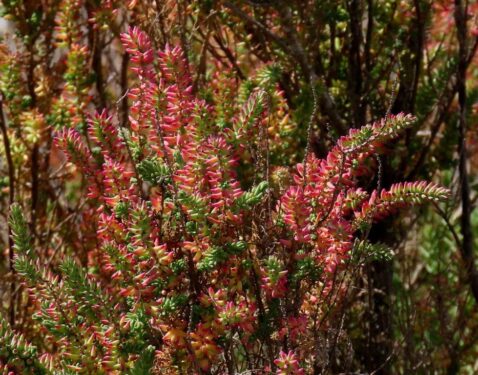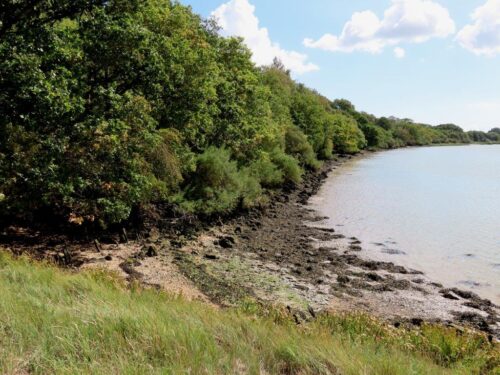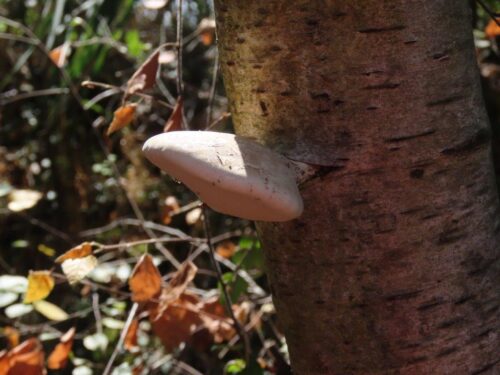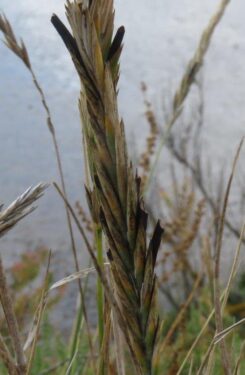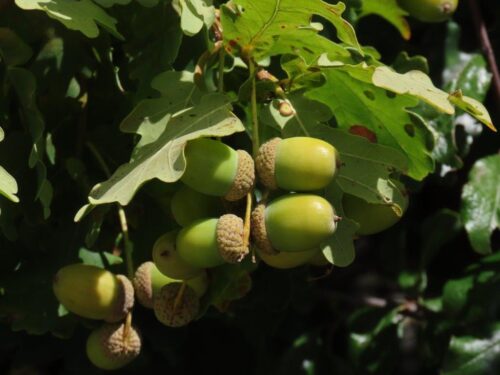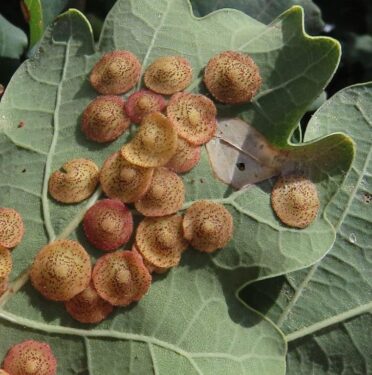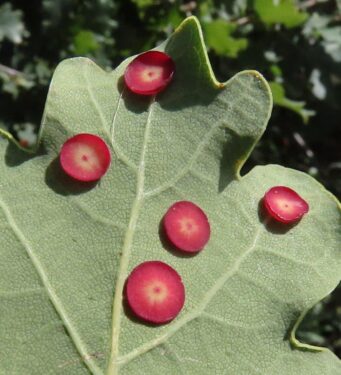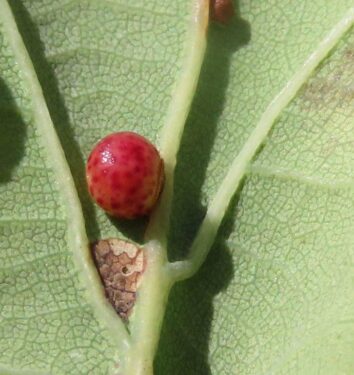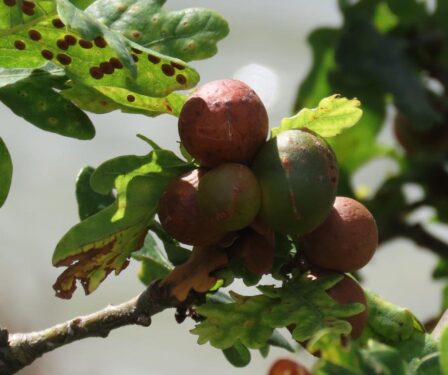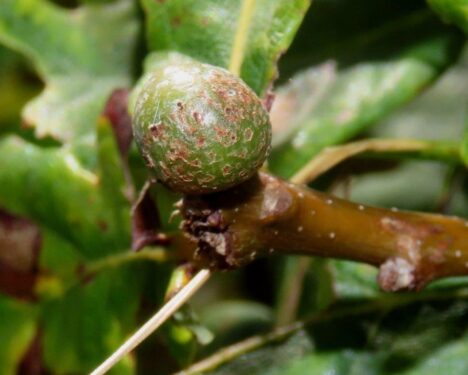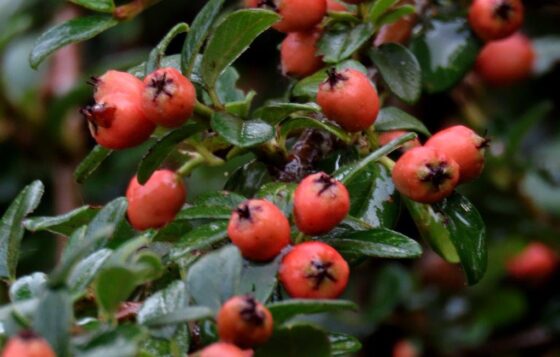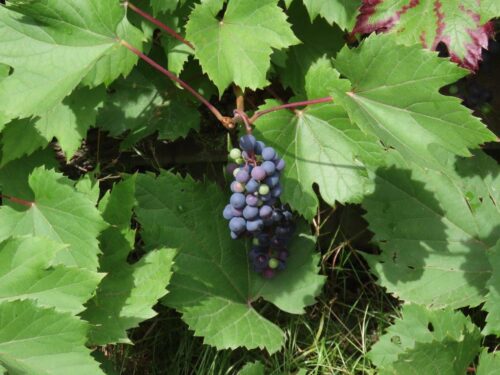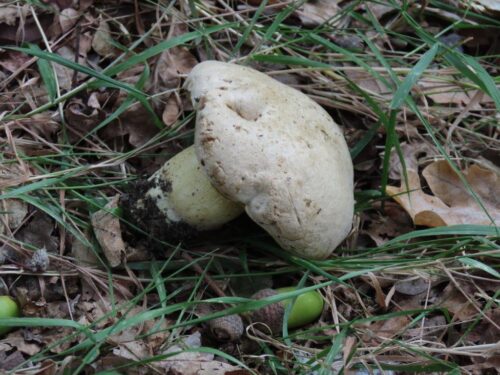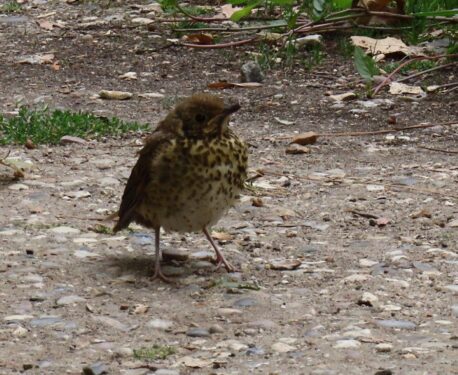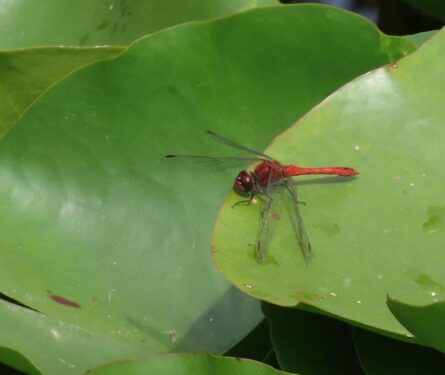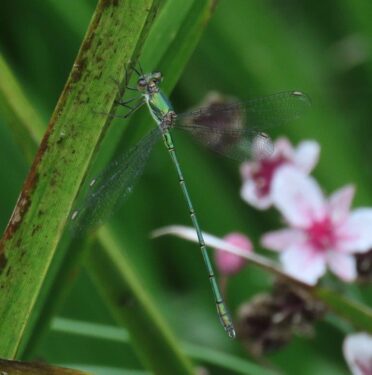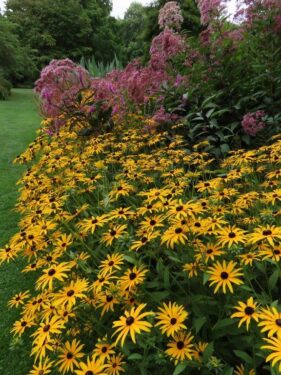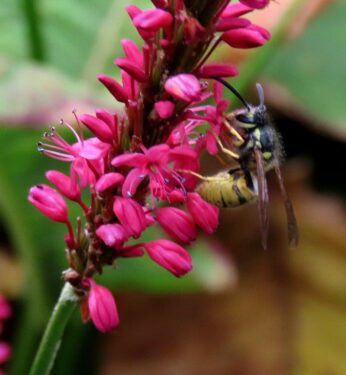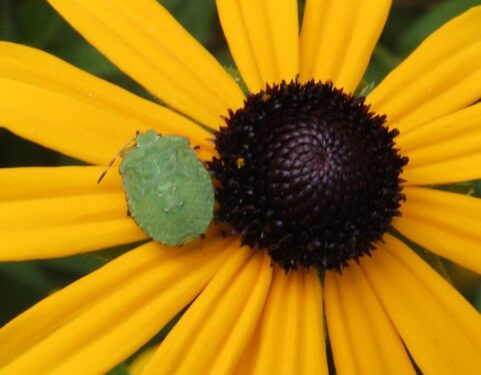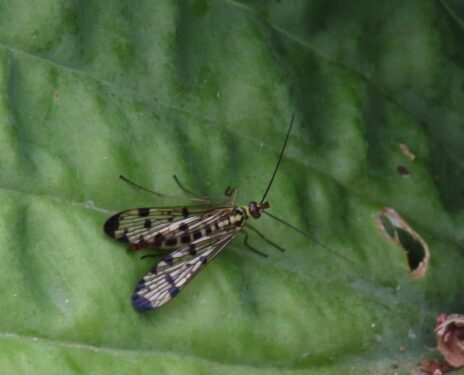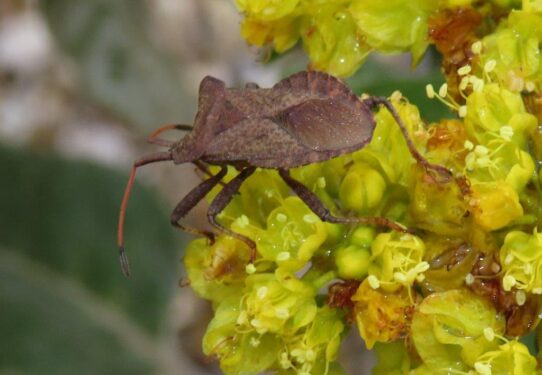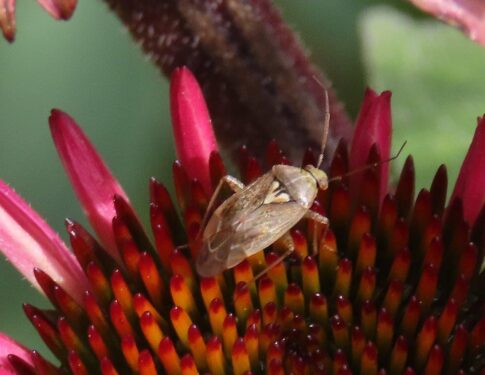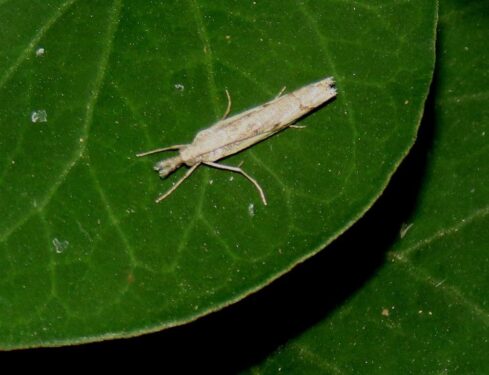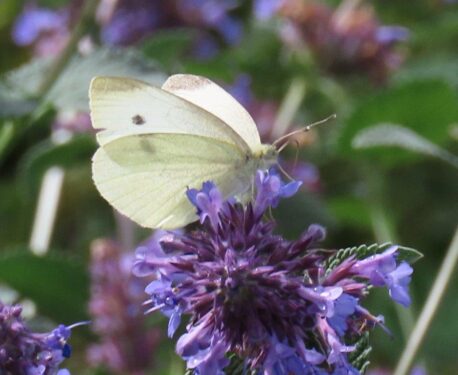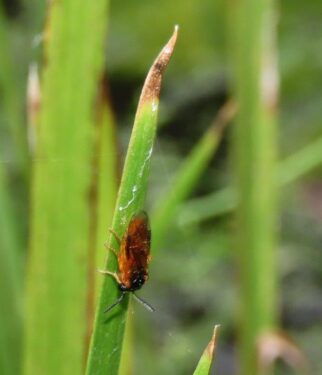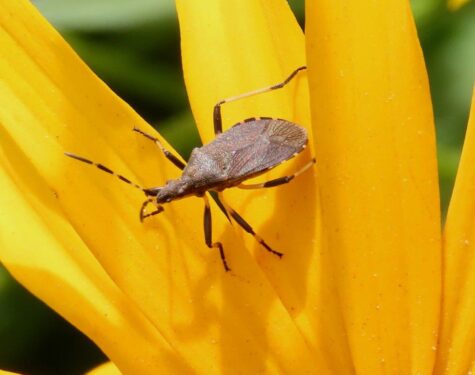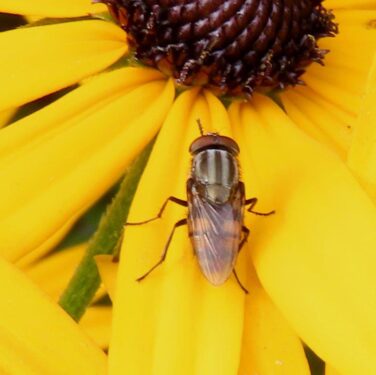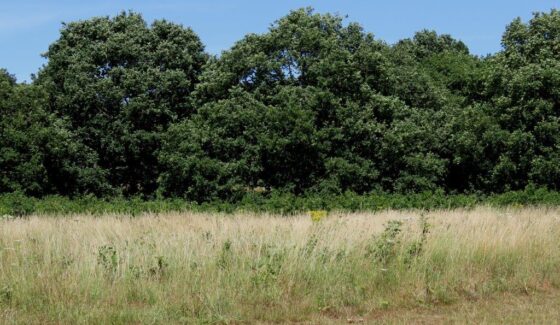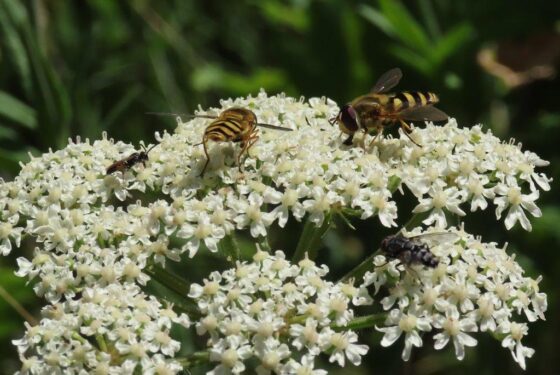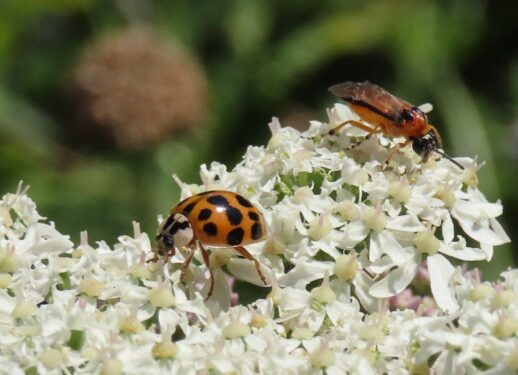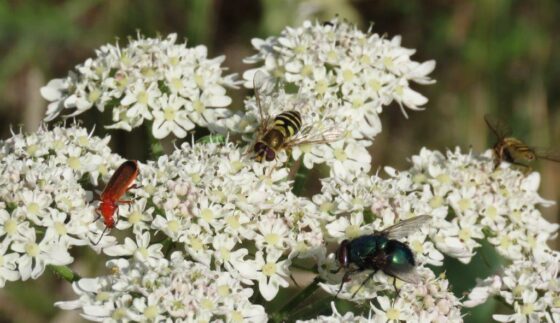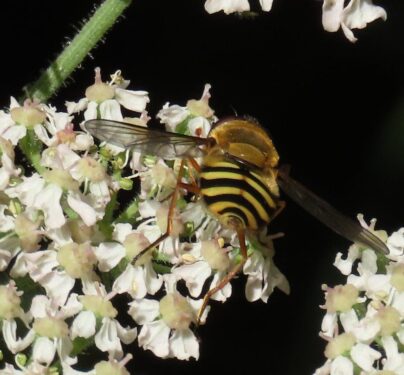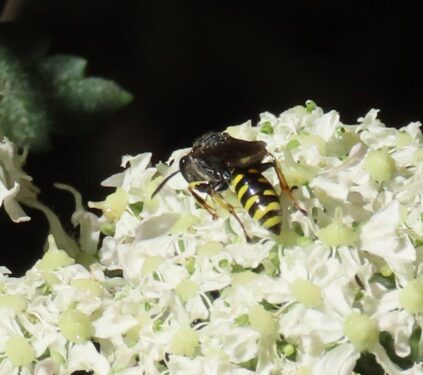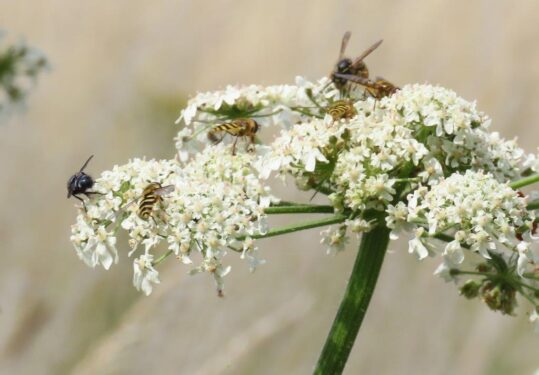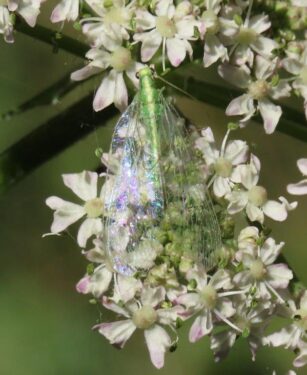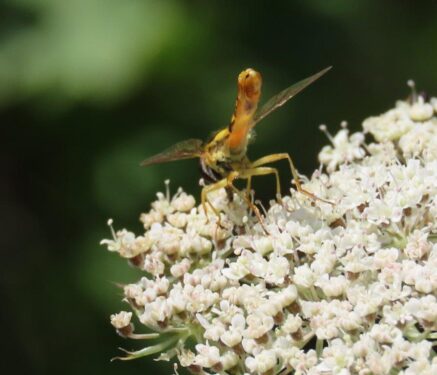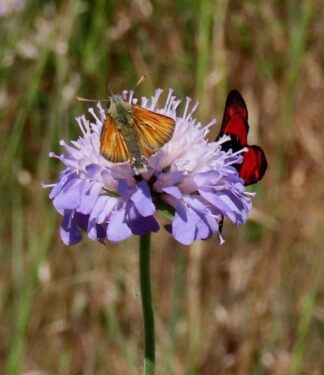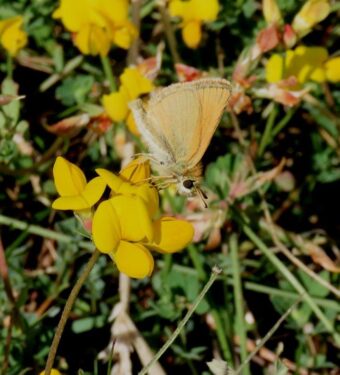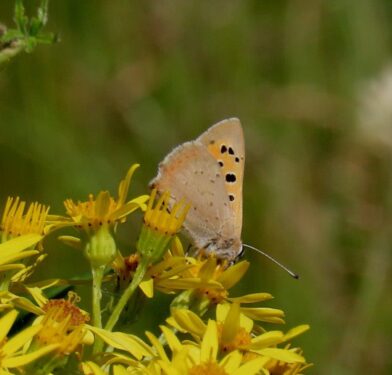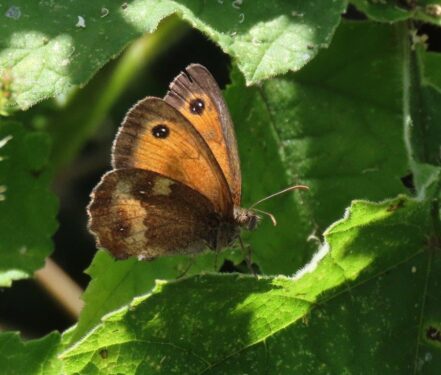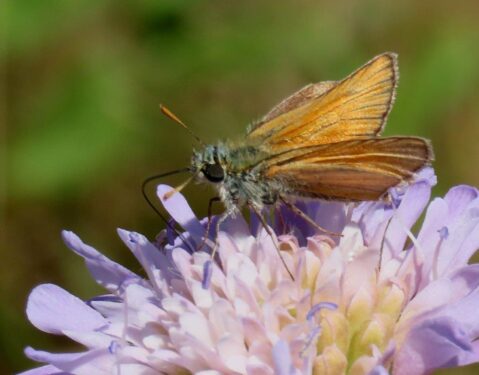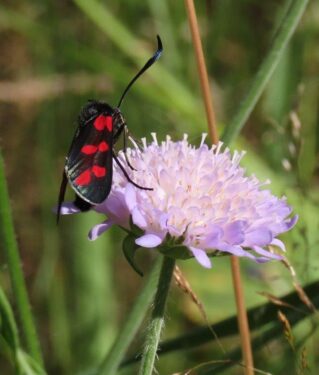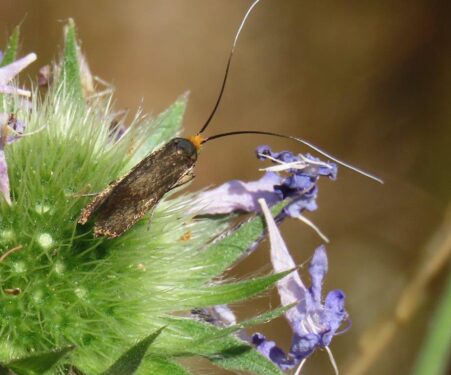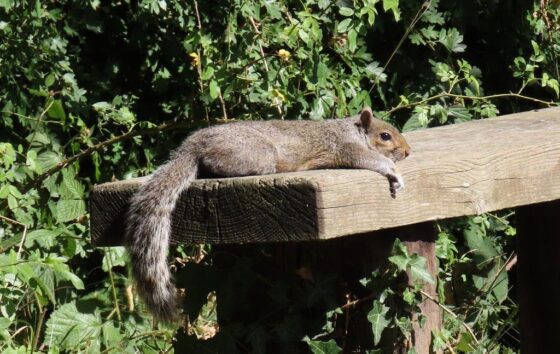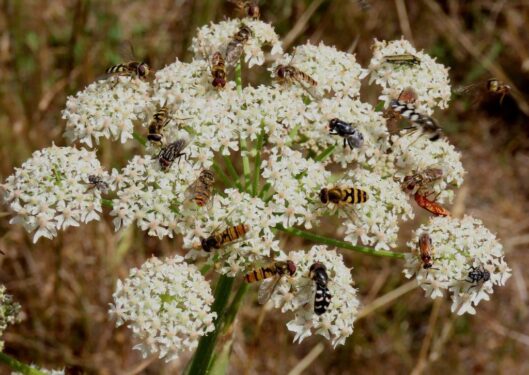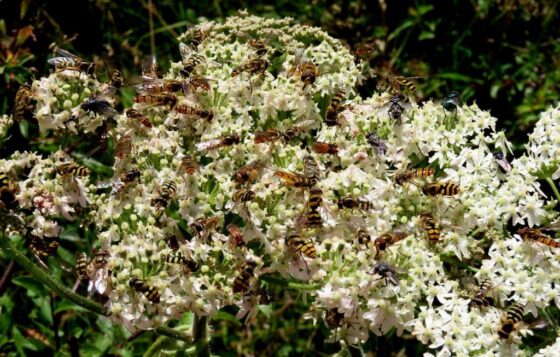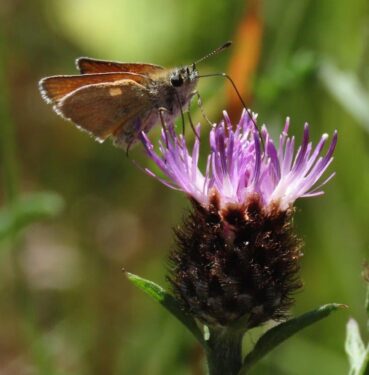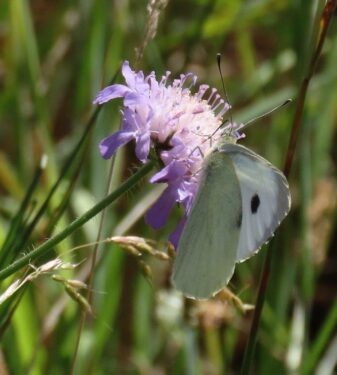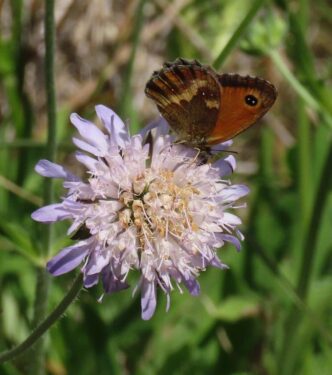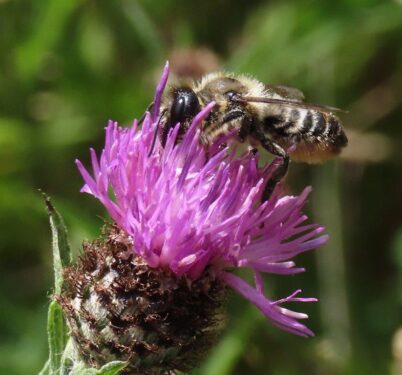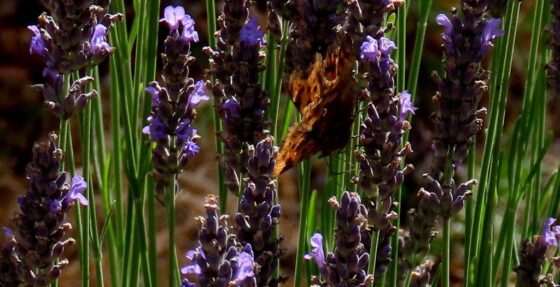
My July Wildside Walks around the Beth Chatto Gardens came with a backstory. Just over a week previously, we had seen an influx of insects into north-east Essex that was unprecedented this millennium. Two previous blogs cover the events of that week: I didn’t have time to get to the gardens while the influx was actively under way so we had to enjoy the spectacle from Wivenhoe Lower Lodge and Walton-on-the-Naze. In fact I have to go back to the long, hot summer of 1976 to recall such numbers…
I did however manage to get to the gardens the day after the insect blizzard and found the flowers to be dripping with hoverflies and ladybirds. In keeping with our observations from the previous couple of days, all ladybirds seemed to be 7-spots, and the hoverflies were of six main species: Eupeodes corollae, Eupeodes luniger, Syrphus ribesii, Episyrphus balteatus, Sphaerophoria cf scripta and Scaeva pyrastri.
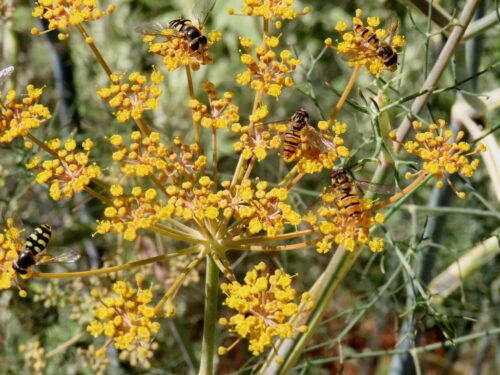
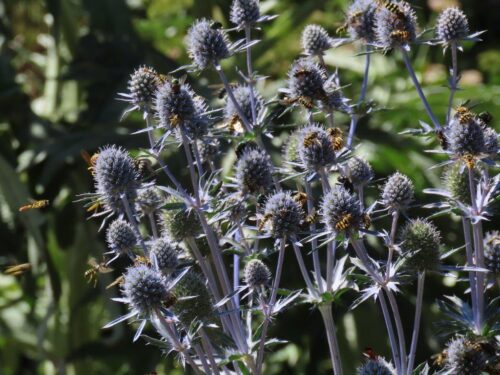
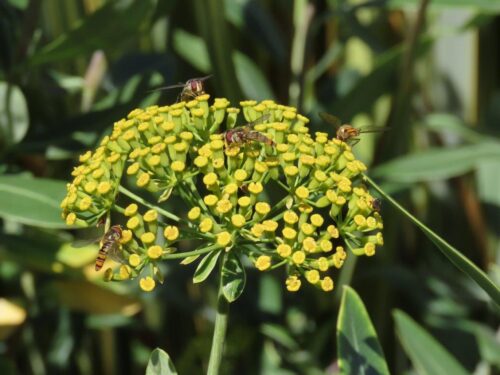
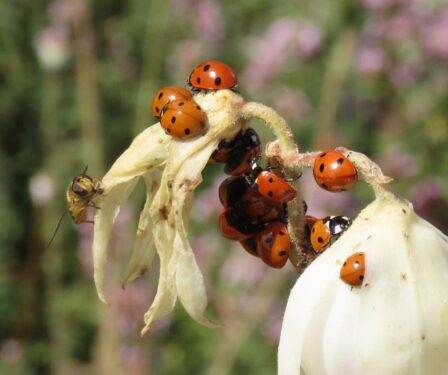
A week later, for the walks, things had quietened down a lot. Yes, there were still many more than the (recently) ‘normal’ number of insects (aside from aphids which the hungry hordes had hoovered up), but clearly many of the ladybirds and hoverflies had either been eaten or moved on. We were in Blackpool four days after our influx, and noticed a significant arrival of ladybirds there, perhaps ‘ours’, having crossed the North Sea and pushing on, boldly going places where there might still be aphids left to eat.
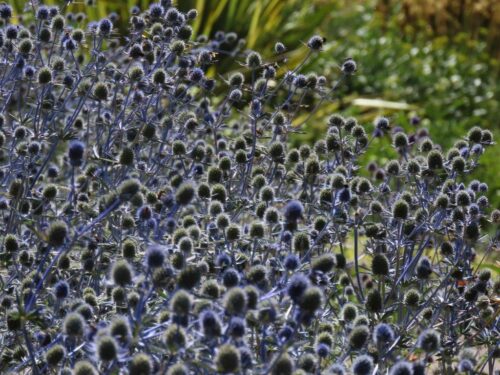
As always there were some star plants, doing the heavy lifting and feeding the most insects: lavenders, marjorams, sea-hollies, buddleias, scabiouses, fennels and spurges. Anyone wanting to enhance their own garden for summer wildlife could do a lot worse than to bring in some of these, or their close relatives.
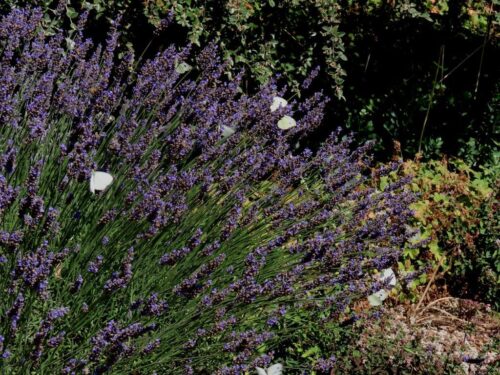
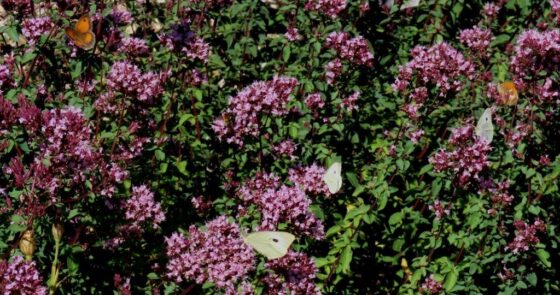


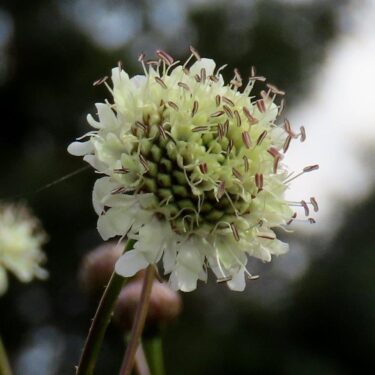


Coming as this did right at the start of the Big Butterfly Count 2025 citizen science survey, I’ll start with the butterflies. In total, fifteen species were spotted and I could have easily added another five or more had I gone searching specifically for them.
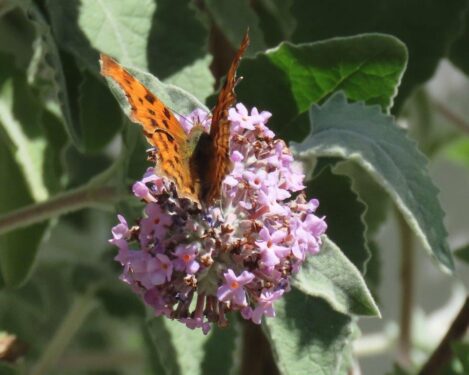
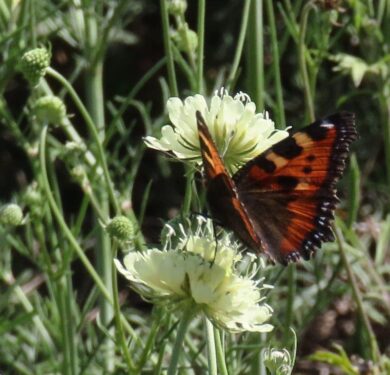
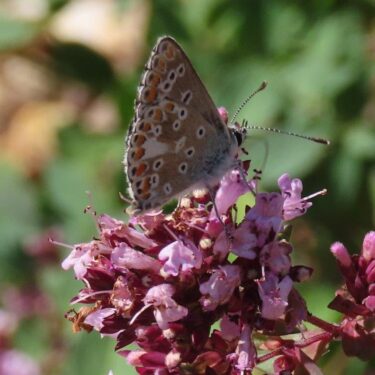
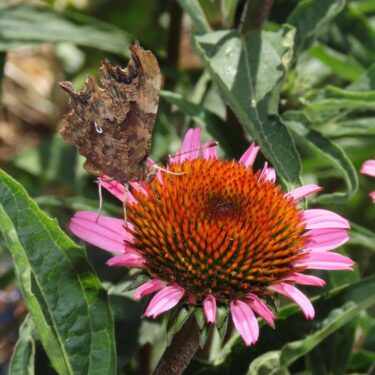
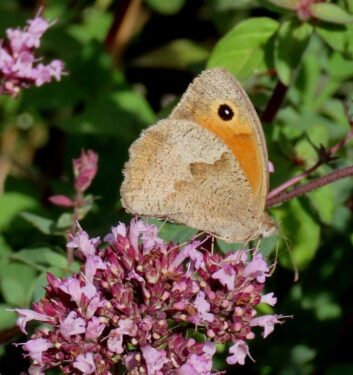

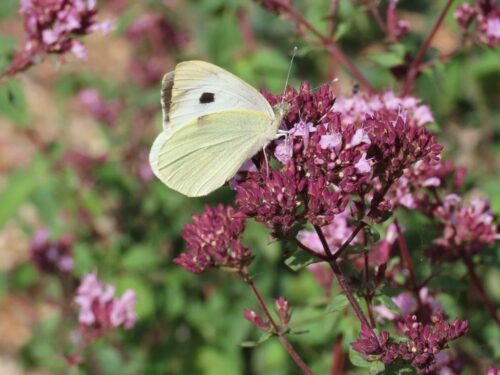

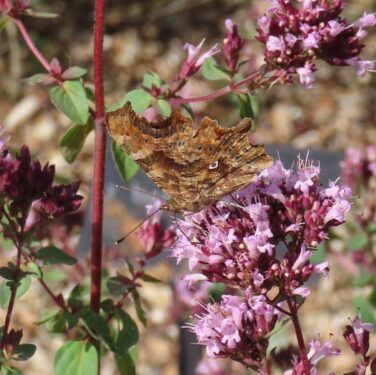

The above were just a few of those on offer but, in terms of number, pride of place must go to the Gatekeepers. They were everywhere, seeming to love the marjoram especially.
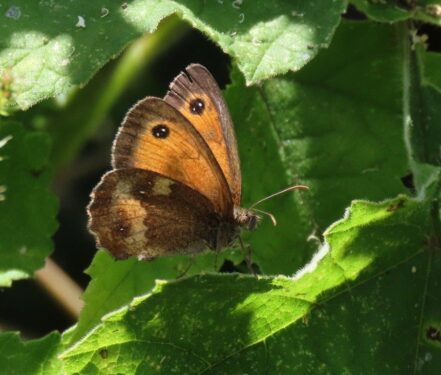
And there was much more than just the butterflies. There were of course the remnants from the previous week’s arrivals: ladybirds and hoverflies.

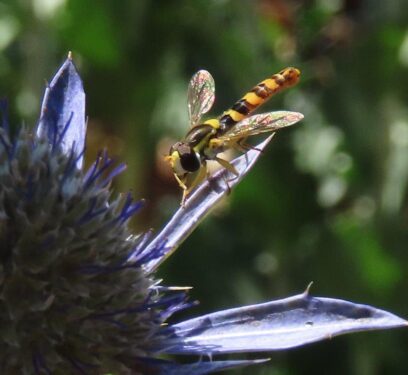
Then there were several other hoverflies that seemed not to be represented in the main influx such as Drone Fly and Batman Hoverfly, while tachinid parasite-flies were also noticeable, especially Tachina fera and Eriothrix rufomaculatus.
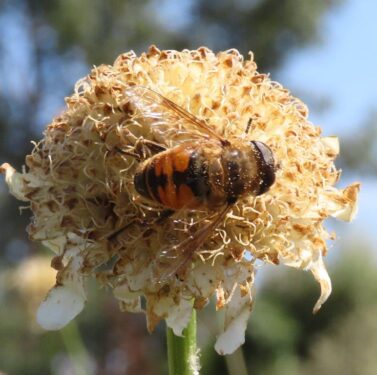



Hogweed Bonking-beetles were numerous, and not restricting themselves to their favoured umbel inflorescences, while a Black-and-yellow Longhorn beetle nibbled the Eryngium majestically, pushing aside the hoverflies as it fed.
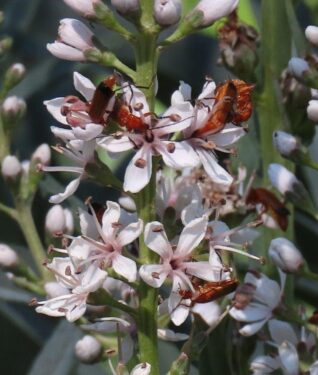
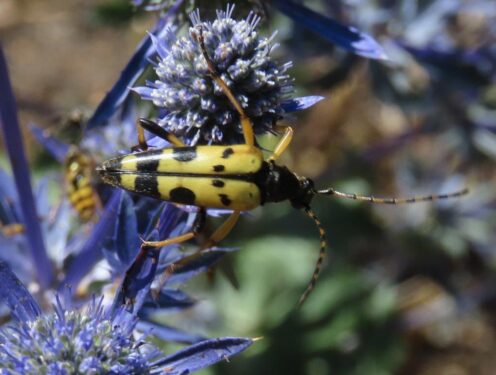
Many different bees and wasps were active on all the favoured flowers, and more. As well as bumbles and honeys, bees included miners and leaf-cutters, solitary bees that seem to be doing well here this year, perhaps related to their being apparently fewer Honeybees dominating the floral resources. Leaf-cutters have also been busy cutting discs from leaves, like a garden Matisse, then inserting them into suitable nesting holes.
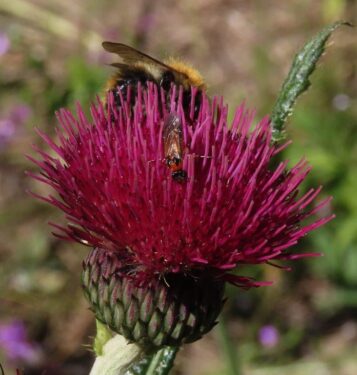
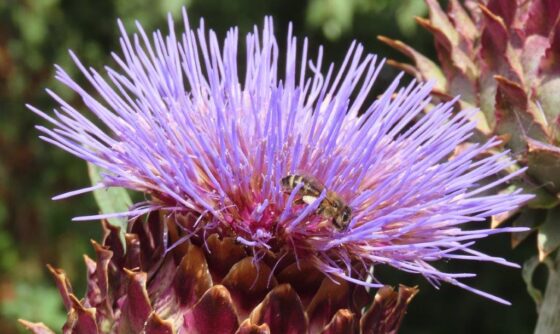
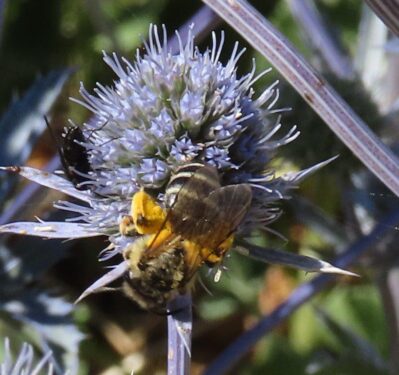
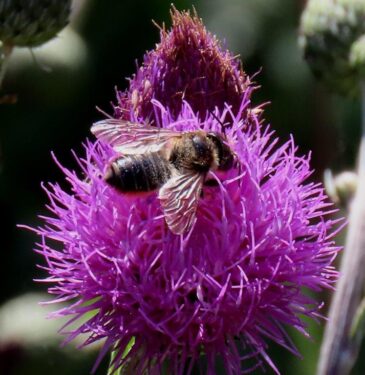
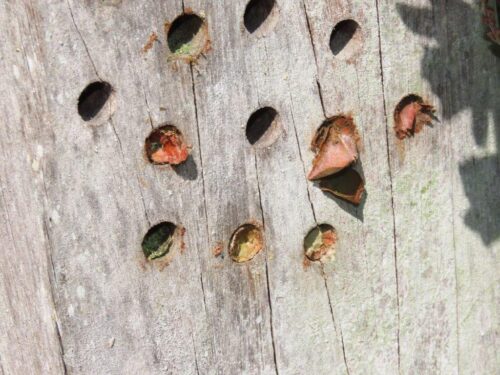
The social Common, German and Median Wasps (two colour forms of the latter pictured here) fed alongside solitary wasps like Bee-wolf and Ornate-tailed Digger-wasps Cerceris rybyensis:

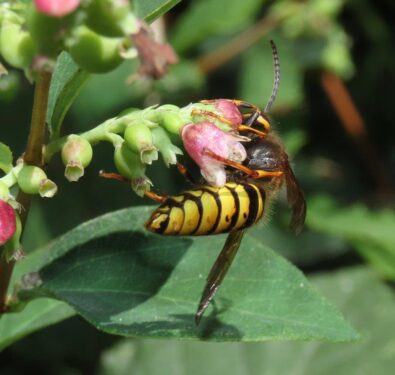
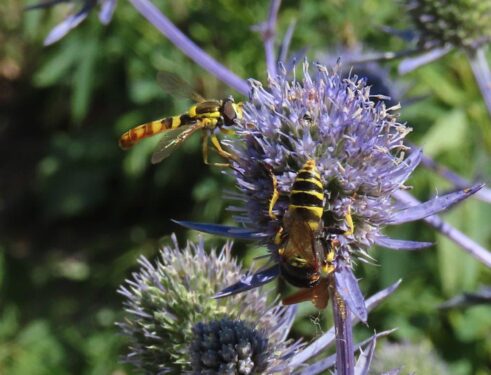
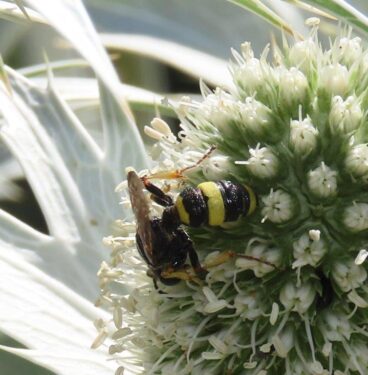
With so much action on the flowers, not surprisingly there were those hoping to take advantage, including Flower Crab-spiders and Blue-tailed Damselflies, ‘sit-and-wait’ and ‘in-flight’ predators respectively. And with all that going on up top, our attention was rather deflected from the insects feeding on the leaves and stems such as this Hairy Shieldbug.


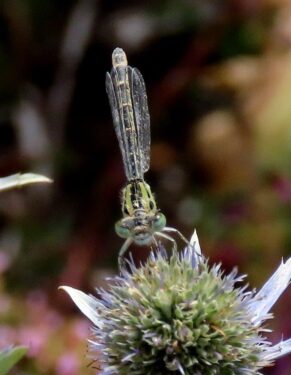
But probably the most notable thing about these walks was the number of ‘firsts’, at a range of scales. There was a first for me in this garden (although others have reported it as it has spread to our part of the world over the past five years): a Jersey Tiger moth. Another day-flying moth, albeit rather worn, was a Six-spot Burnet, probably the first garden record. And a dead Bank Vole was the first I have identified with certainty here, having not done any small mammal trapping surveys.

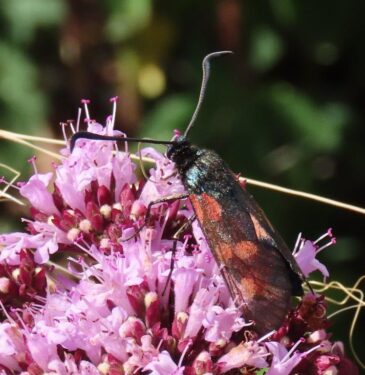

Three bugs were new to the garden list, although probably have simply been overlooked in the past: Nysius senecionis (just five previous records on the Tendring Peninsula, here with the small plasterer bee Colletes daviesanus for scale, showing how easy it would be to miss), Orthops campestris (only three Tendring records, all right by the coast) and Liocoris tripustulatus (widespread across Essex, albeit with records concentrated in the south of the county, which probably says more about the distribution of active recorders than the species itself!).

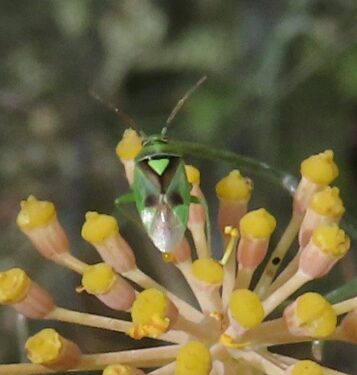
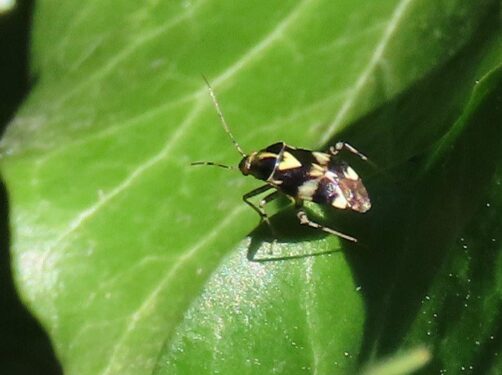
A Large-headed Resin-bee Heriades truncorum was the first garden record. This species has spread from being a south-eastern rarity in the last two decades, but in Essex has generally been found on brownfield sites by the Thames and west of Colchester: its two recorded localities on the Tendring Peninsula are both right by the coast. Perhaps caught up with the influx of Seven-spots, a single Adonis Ladybird (small, with spots weighted to the front half of the wing-cases) was also new to the garden list. This is found mainly in sandy areas and on brownfields sites, so in Essex it is most frequent west of Colchester and along Thames-side. Likewise the lovely little fly Cistogaster globosa, a parasite of shieldbugs, that is found mainly in the same two areas of Essex, but rather more sparsely. And another parasite, the ichneumon wasp Ctenichneumon panzeri (if identified correctly: they are many and tricky) is recorded on the National Biodiversity Network Atlas from only 14 locations nationally, none of which is anywhere near Essex. The latter is surely down to under-recording.


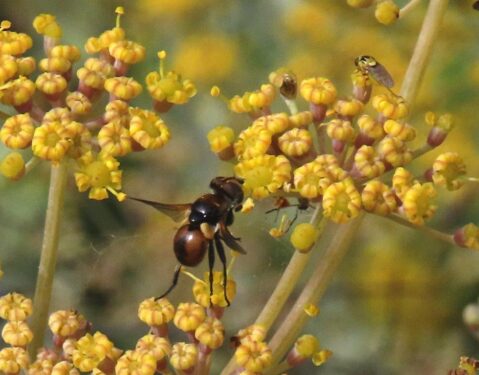
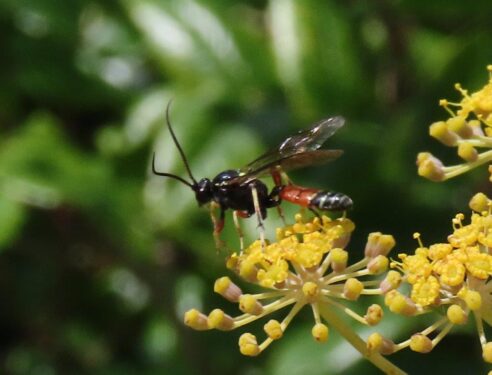
But this is certainly not the case with the insect highlight of the day: two Long-tailed Blues, again probably ones that had been caught up in last week’s immigration spectacular. Not only is this a new garden record, there are only seven previous Essex sightings, and I have never before seen it in the UK. Safe to say, I got rather excited!
Although widespread in mainland Europe, Long-tailed Blue has rarely been proven to breed in this country, and its occurrence is generally the result of immigration. And so is unpredictable, irregular and always a delight. What a way to mark the first day of this summer’s national butterfly survey!
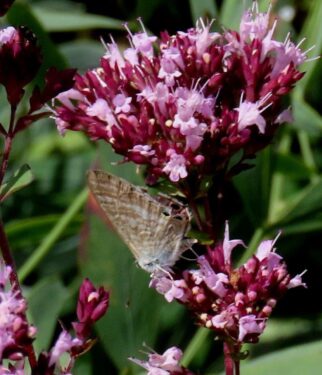
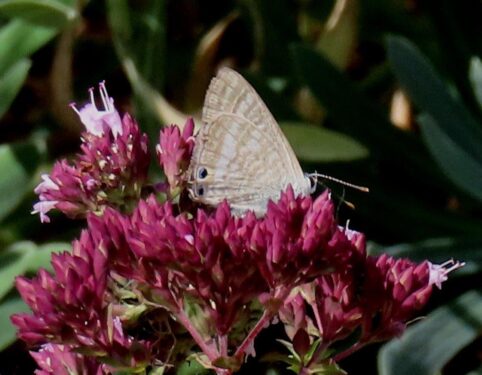
My next set of Wildside Walks are scheduled for 19 September, booking through the Beth Chatto website at 11AM or noon. Especially if we get some useful rain, I would expect the summer to continue in a similar insect-rich vein. While many of the current star plants are coming to a natural end, there are more to come. The various forms of Bistorta amplexicaulis together with the daisy family (coneflowers, hemp-agrimonies, black-eyed-Susans and Michaelmas-daisies, for example) should prove some of the insect-feeding stars for the next two months.

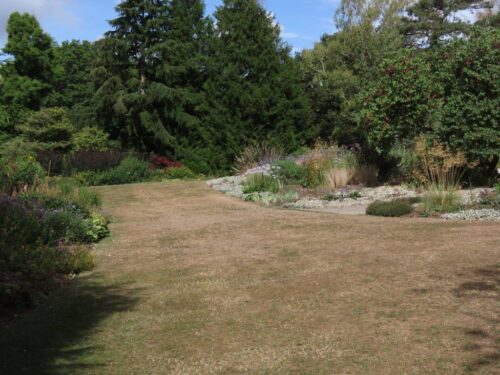
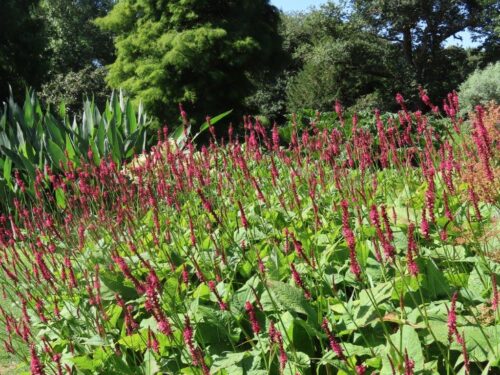
I make no apologies for finishing by repeating what I have written in a previous blog in relation to this year of insect riches.
We must not let complacency set in, and stop doing all we can to save the future planet just because (unusually) there are lots of insects around. Nothing has changed fundamentally compared to last year when I was complaining of the Silent Summer. The same pesticides are used profligately. Habitat loss and fragmentation is increasing in the drive to build more houses to satisfy a ‘crisis’ promoted by housebuilder lobbyists. And climate collapse is accelerating, especially with world ‘leaders’ in thrall to big oil.
There are always oscillations around a declining trend. Last year was a trough, this looks like a peak. It may well be due to weather patterns of the last few months. And almost certainly many of the insects we have been seeing in coastal Essex are not home-bred. Thank goodness for immigration, as in so many aspects of life.
It is years like this one that give me hope though. As a conservationist over the past four decades, I have seen the continuing, worrying decline of wildlife, but I cling to hope that if nature is given the chance it can and will bounce back. It has to…
